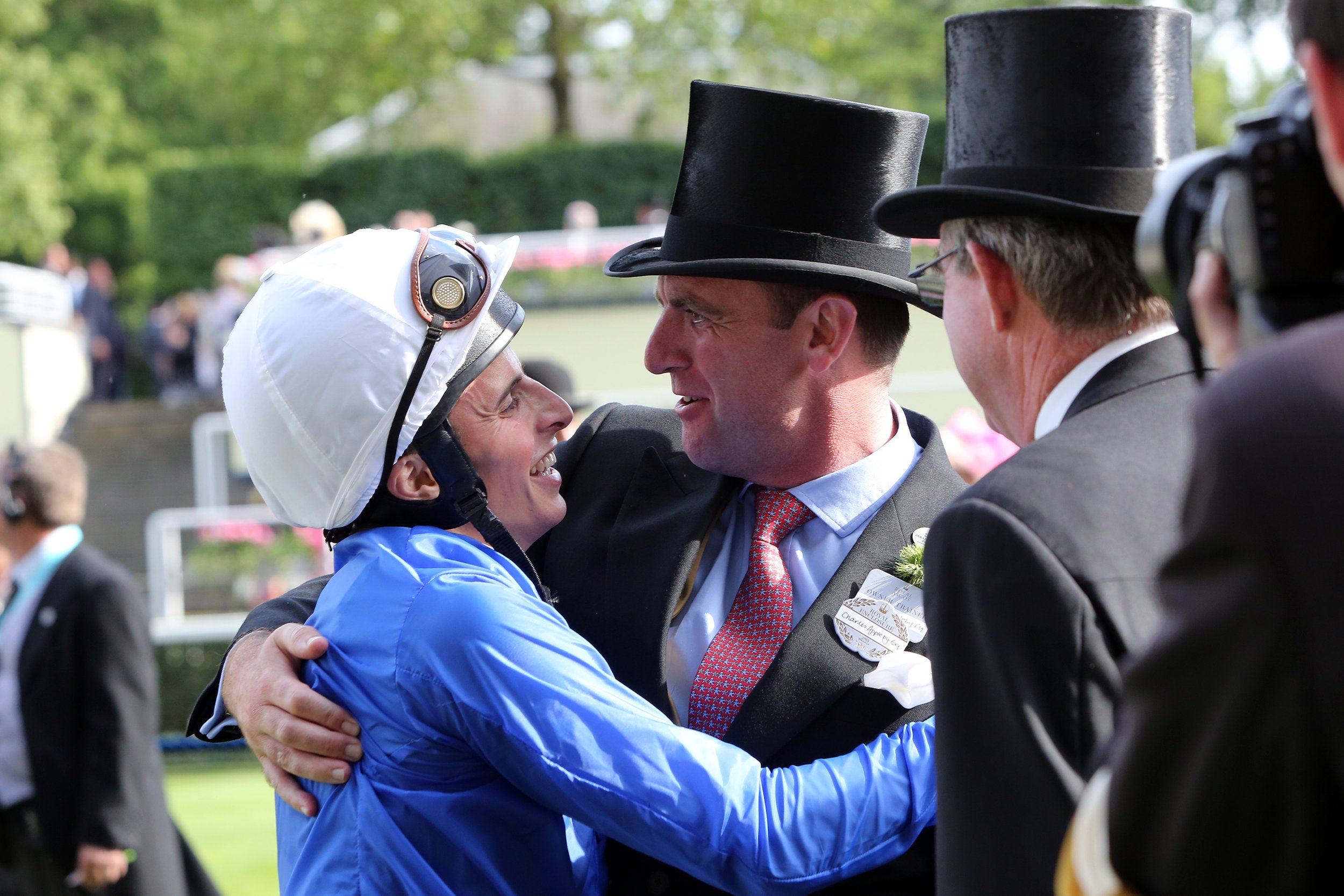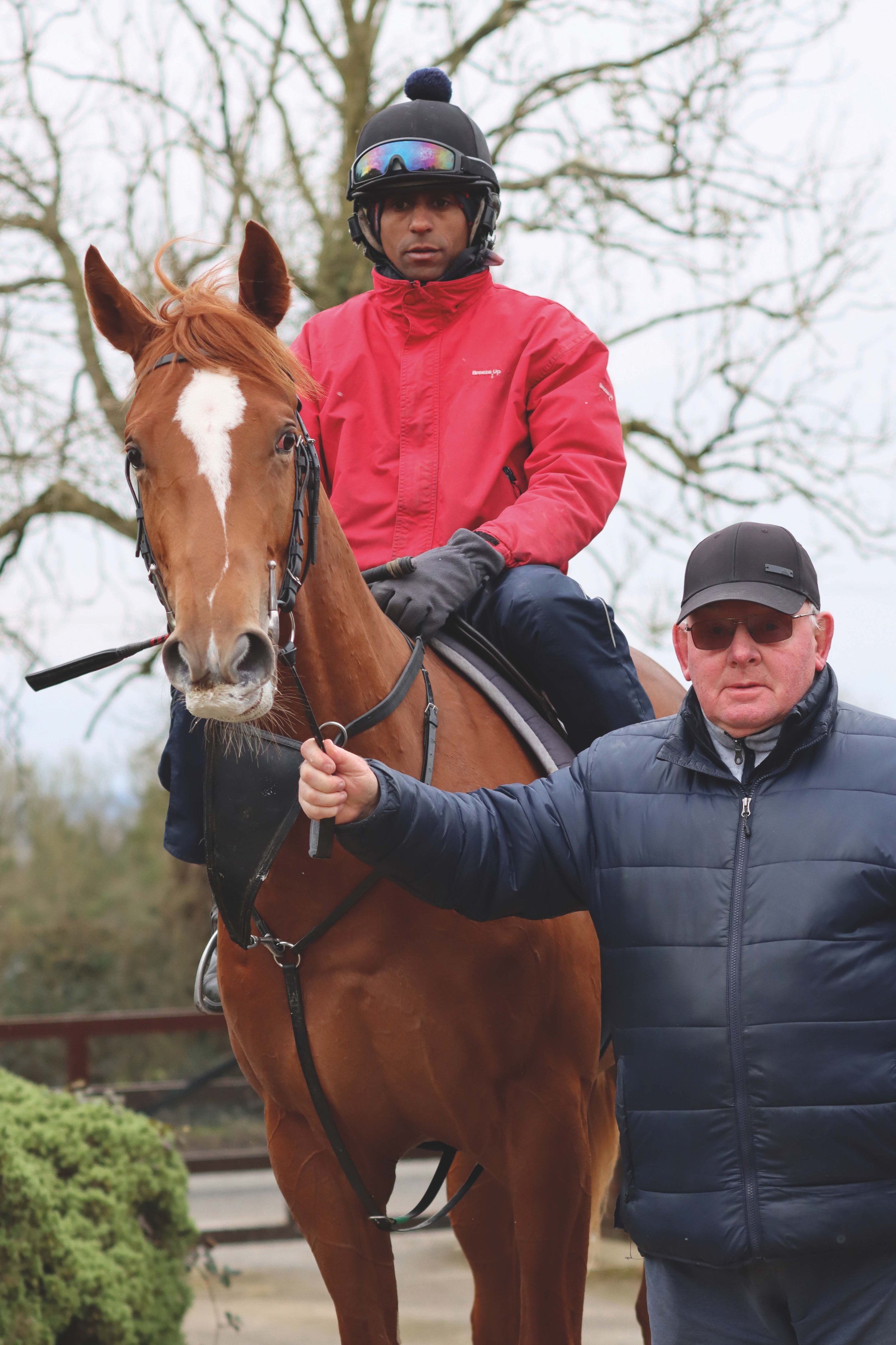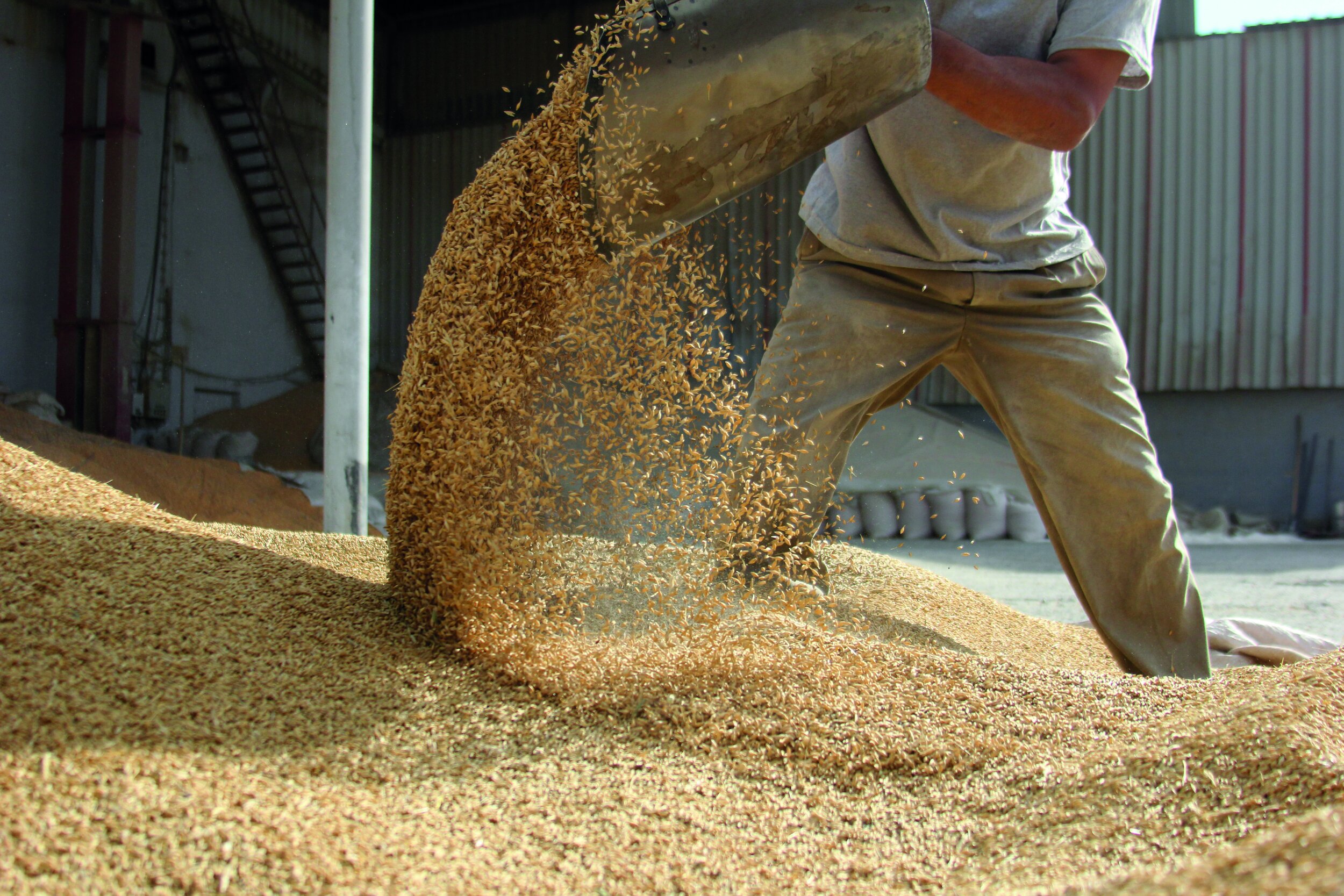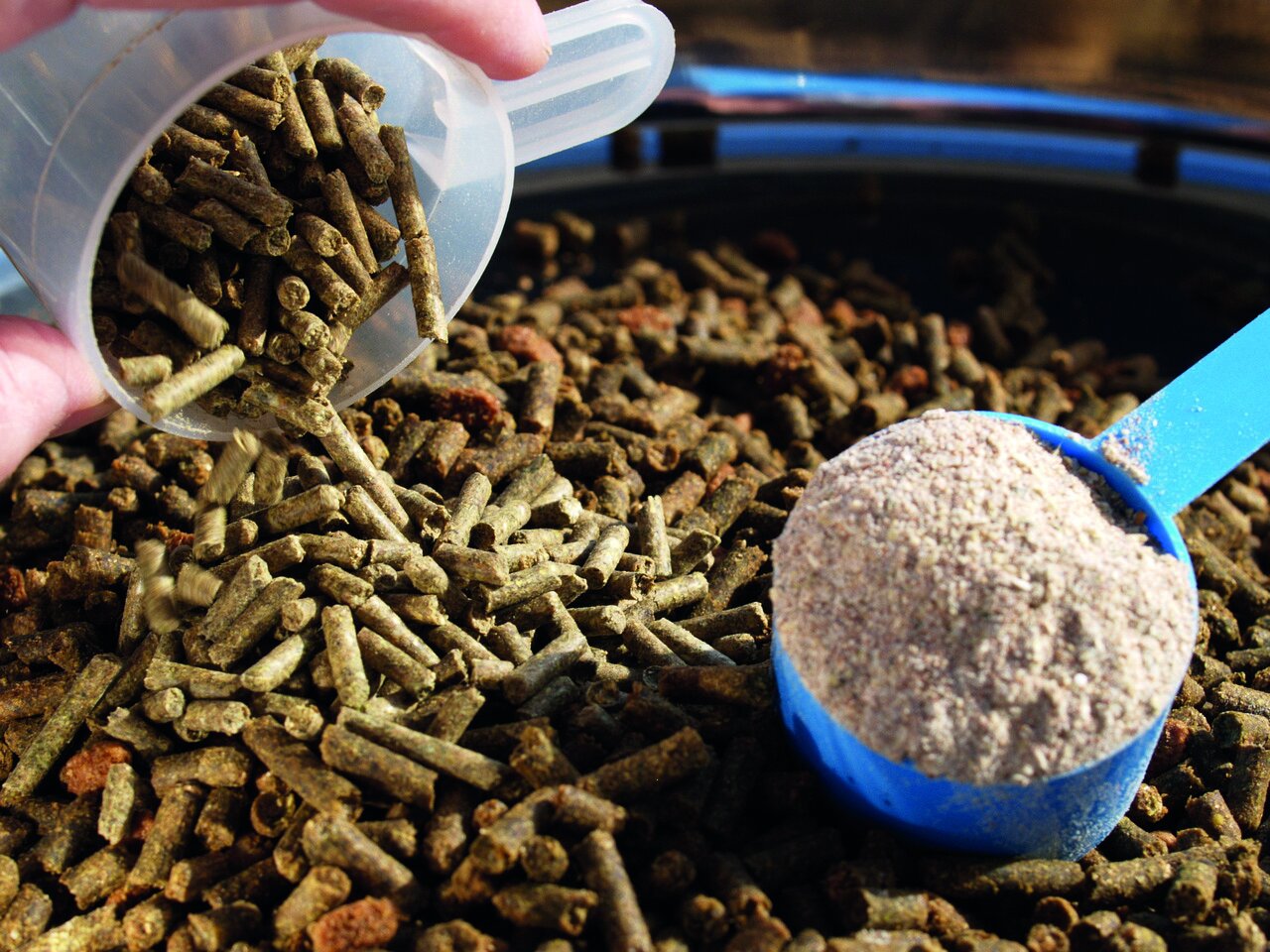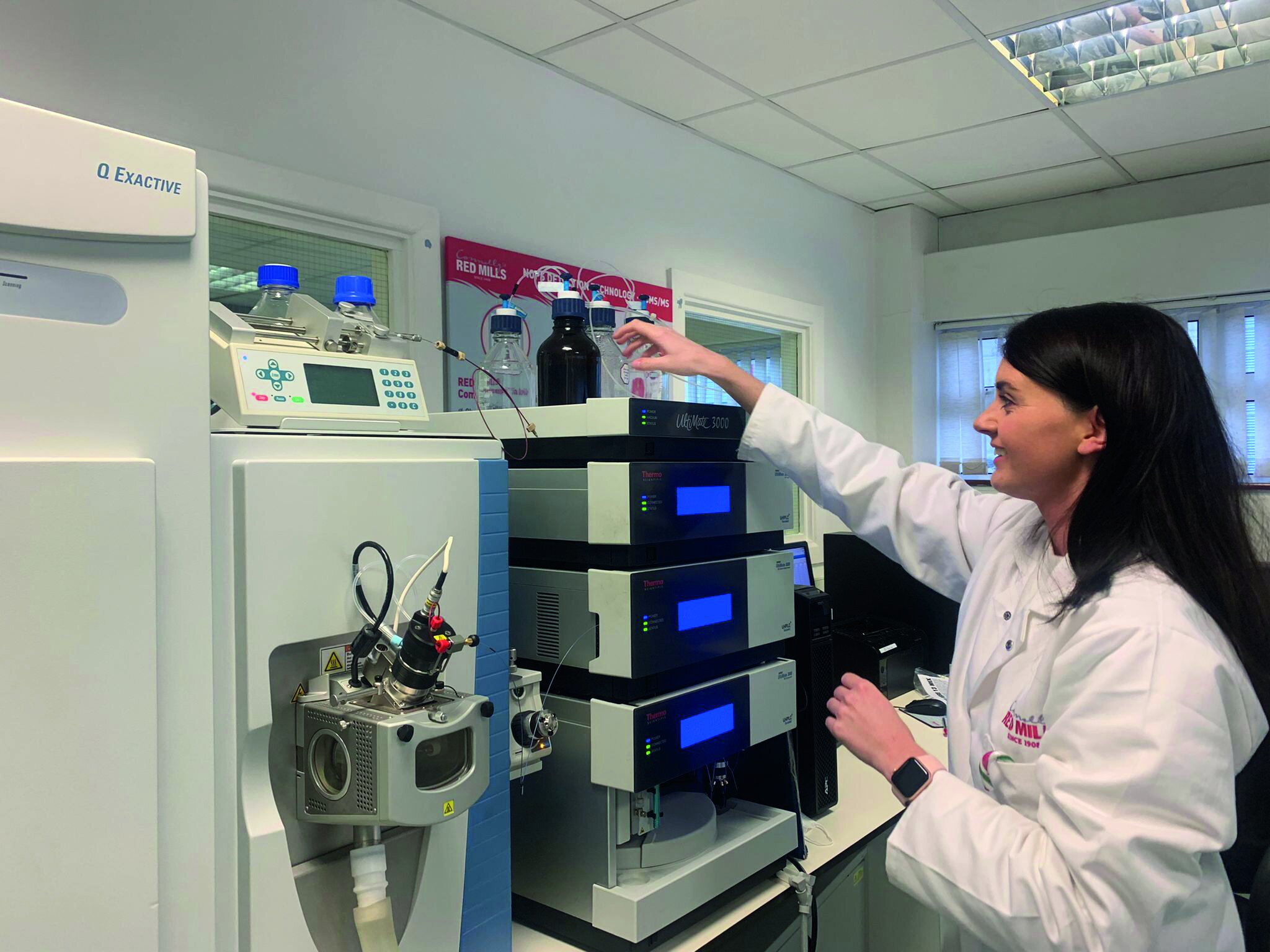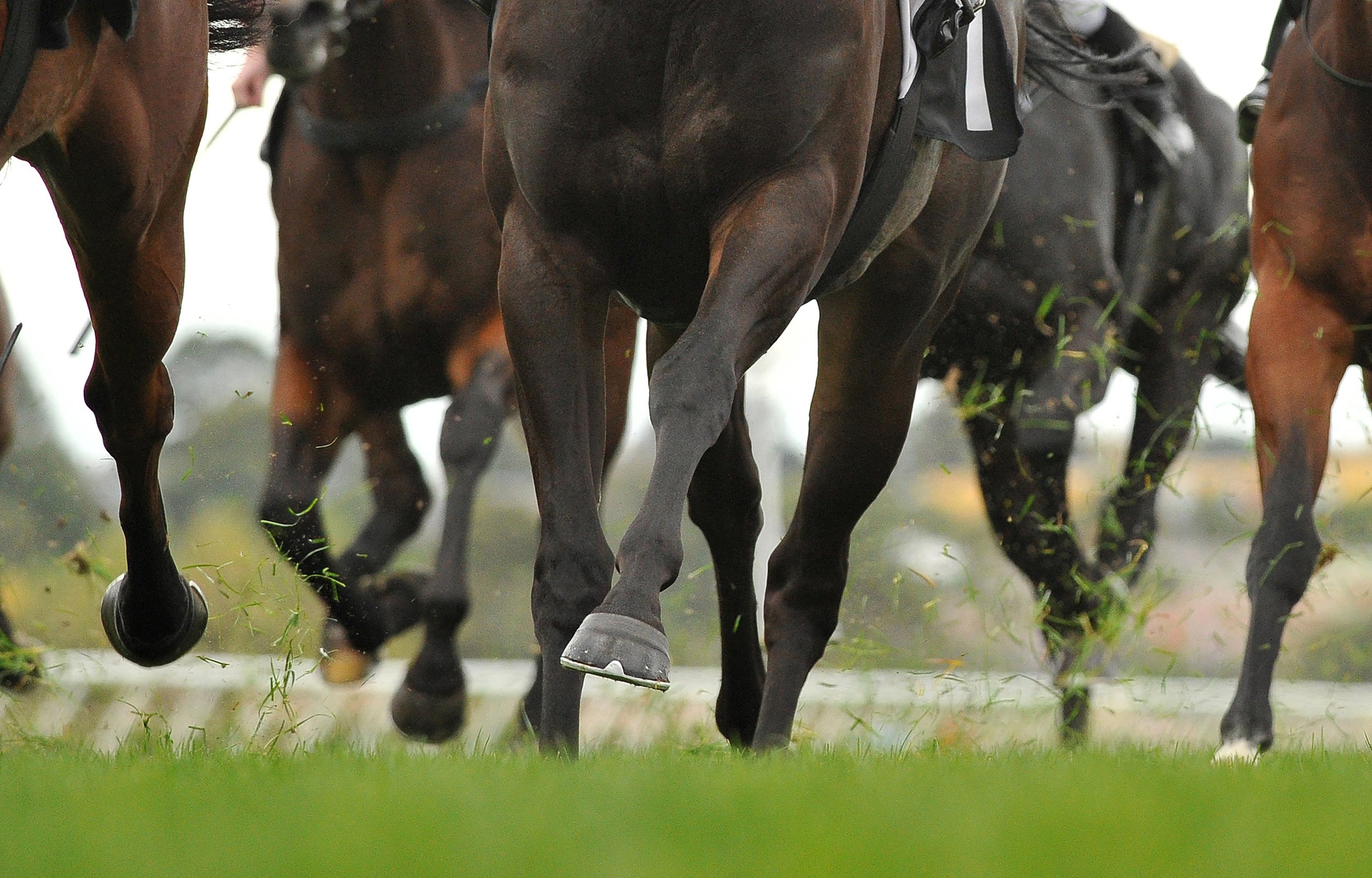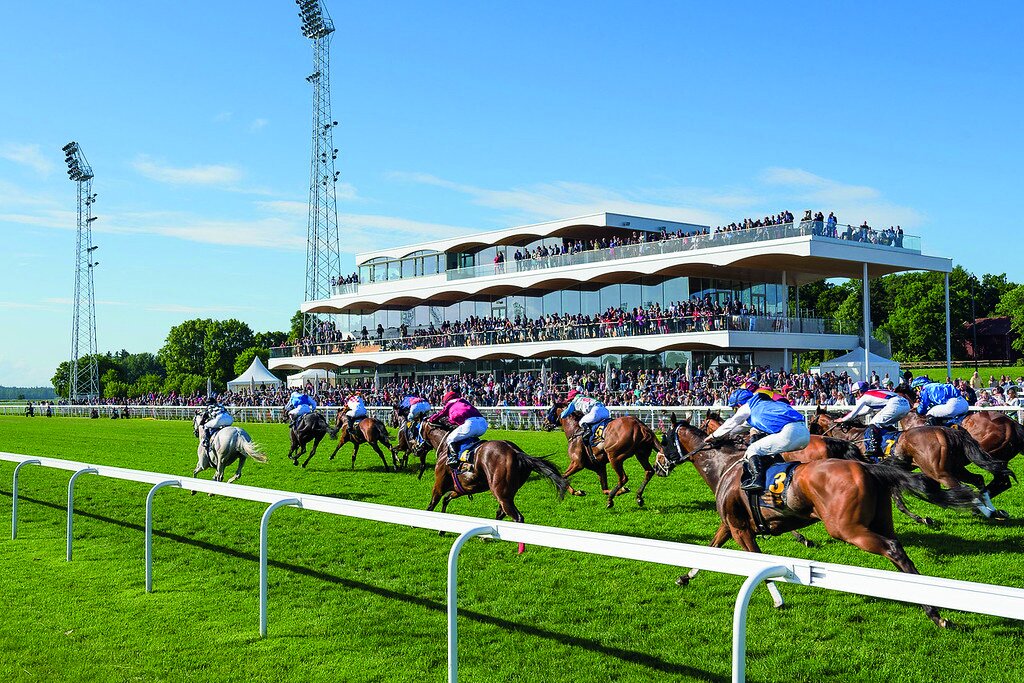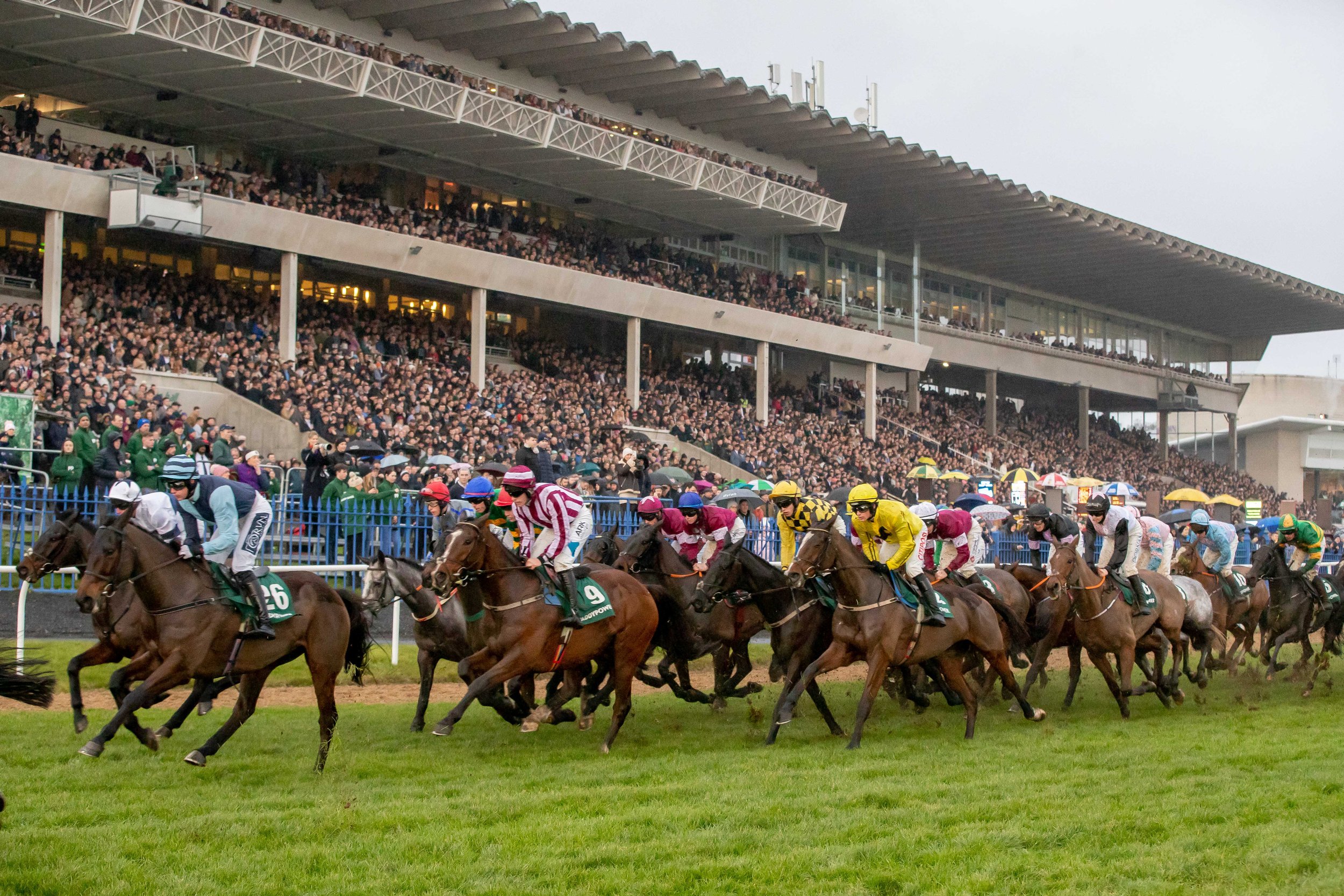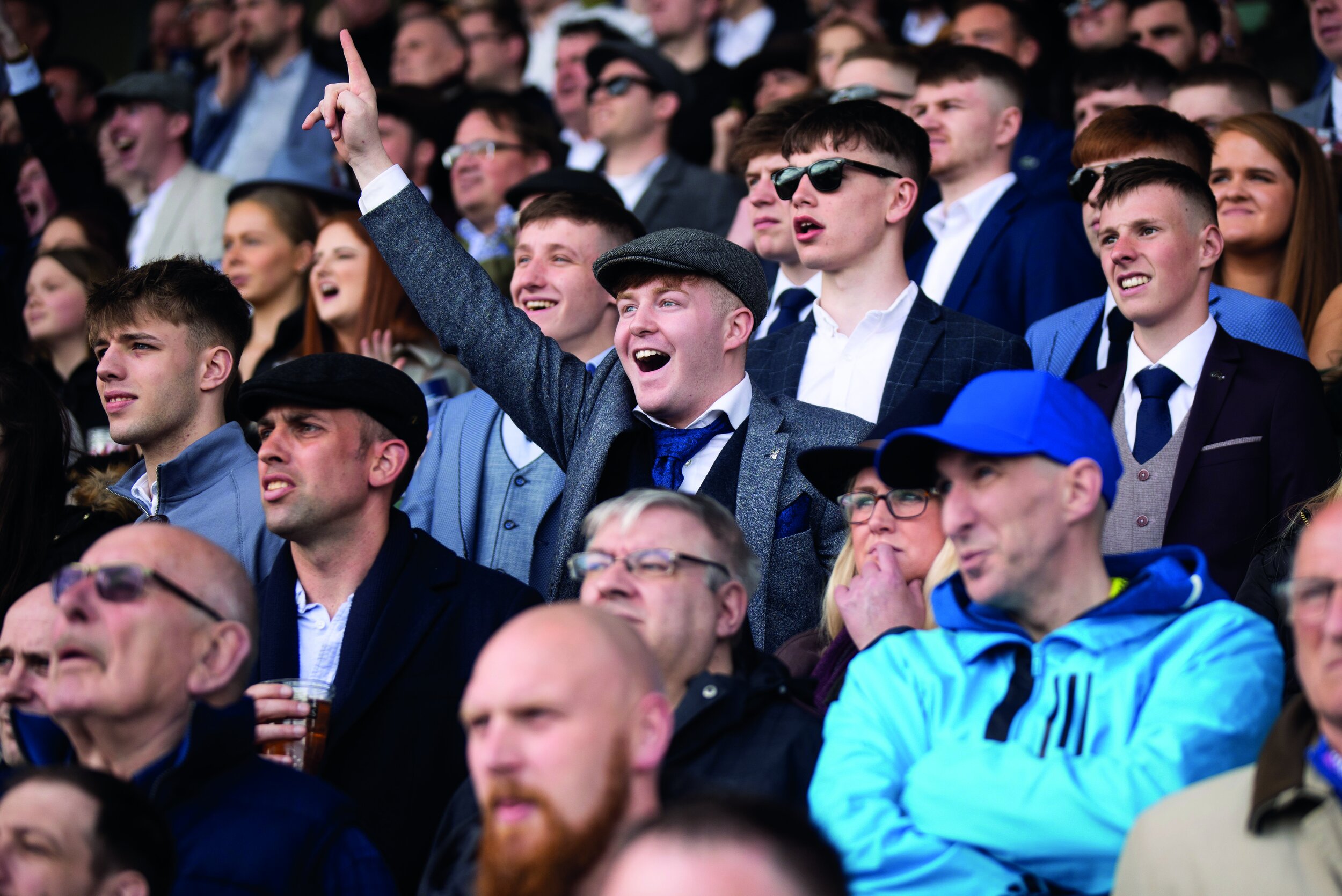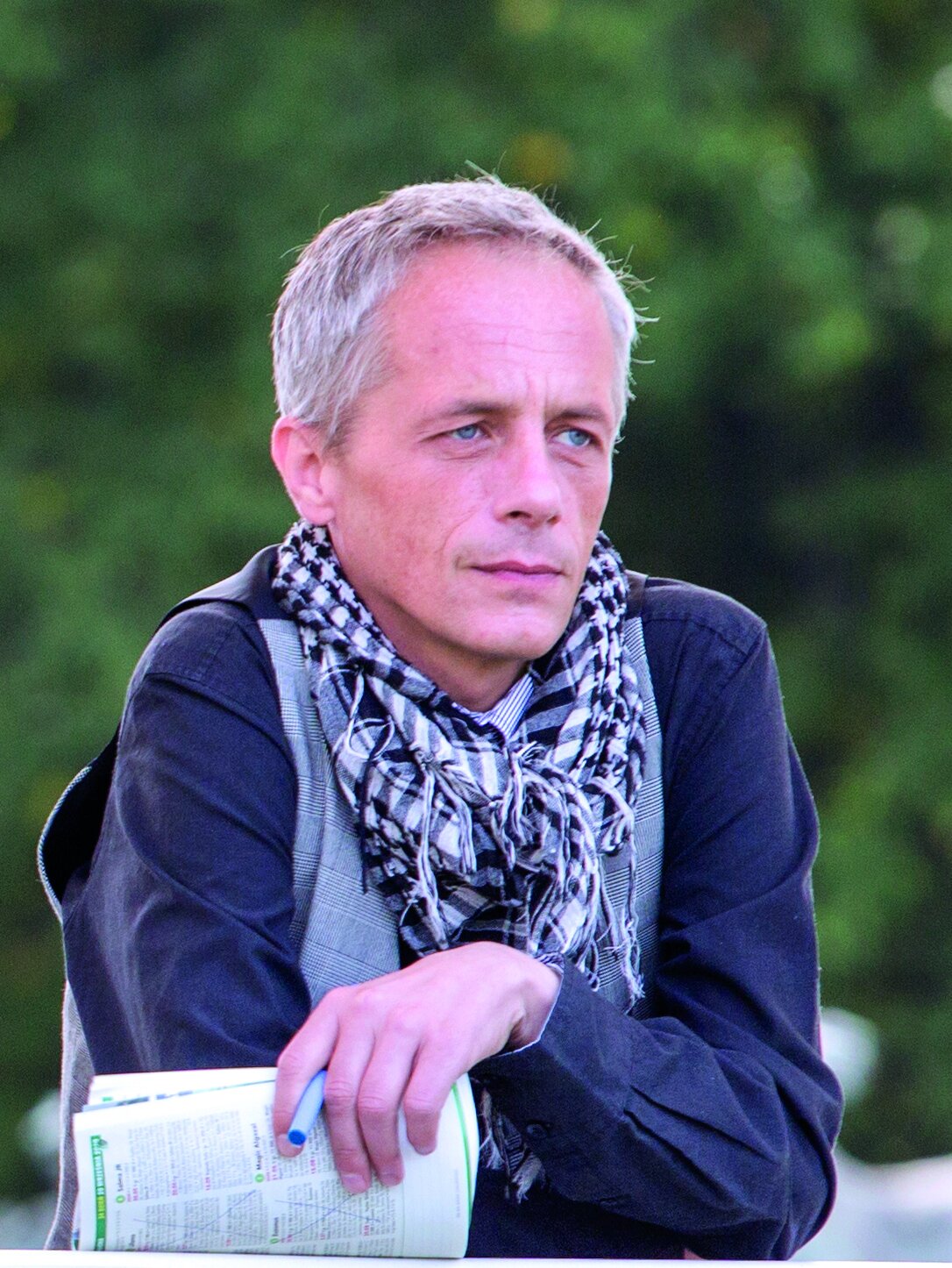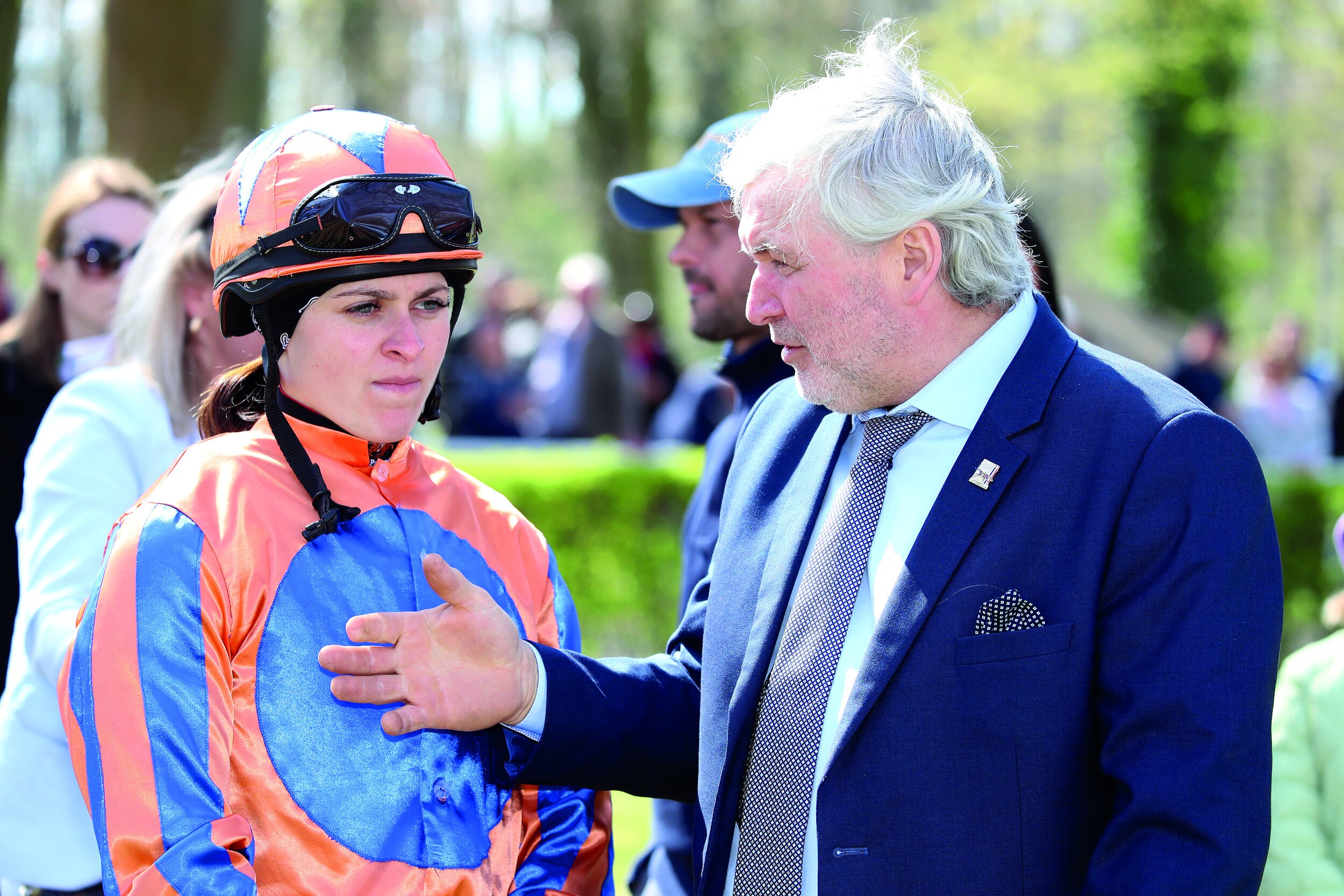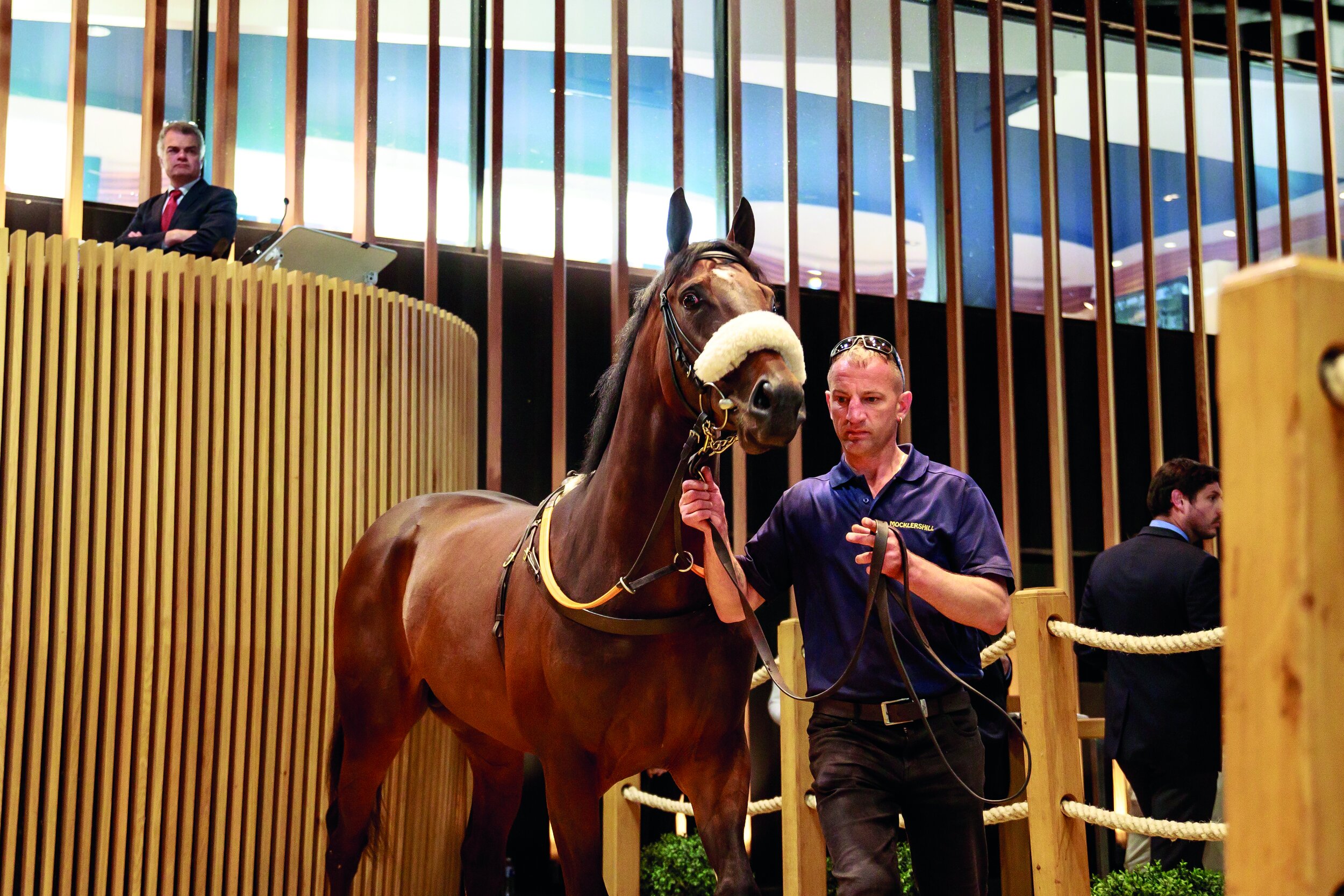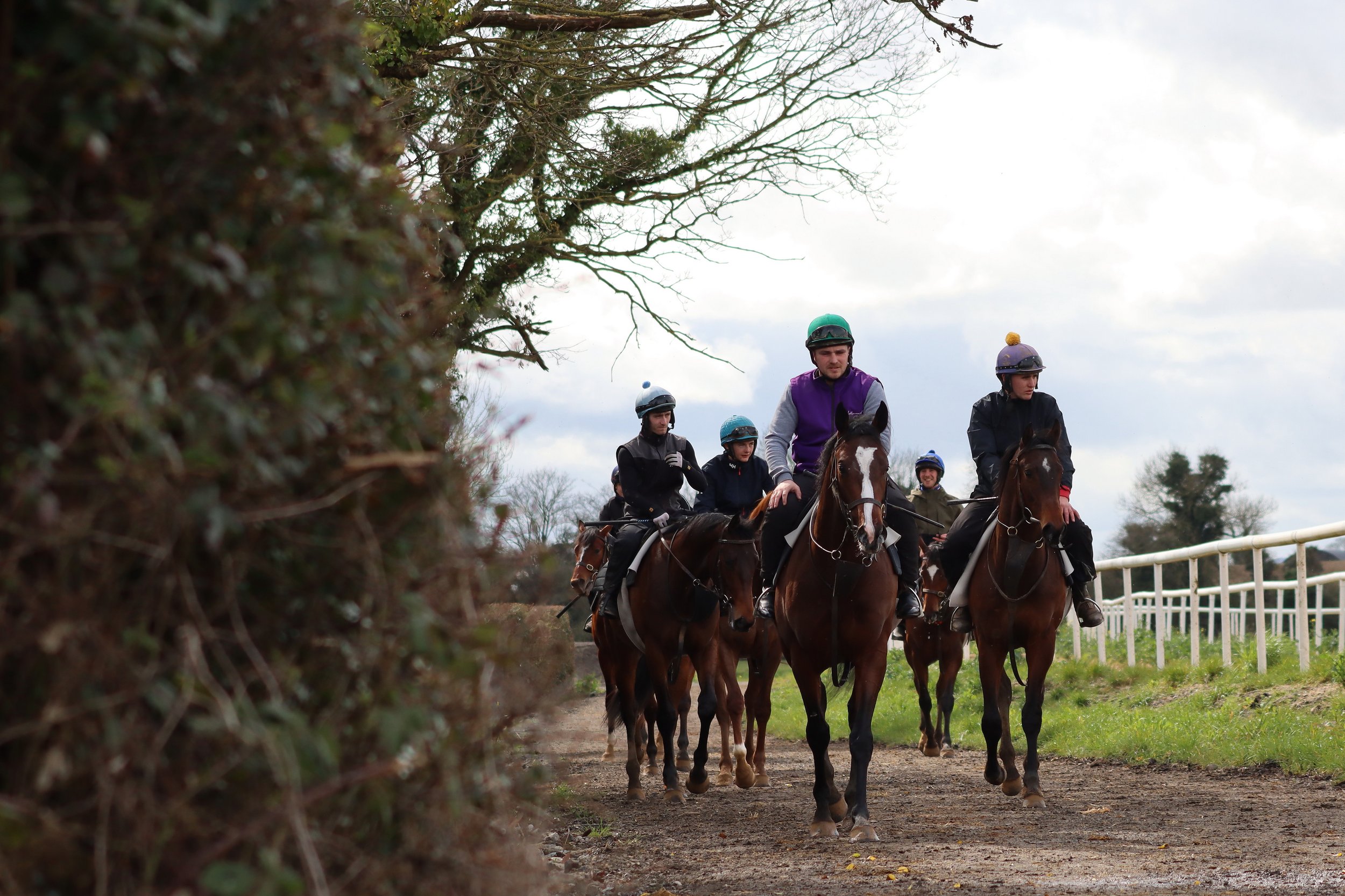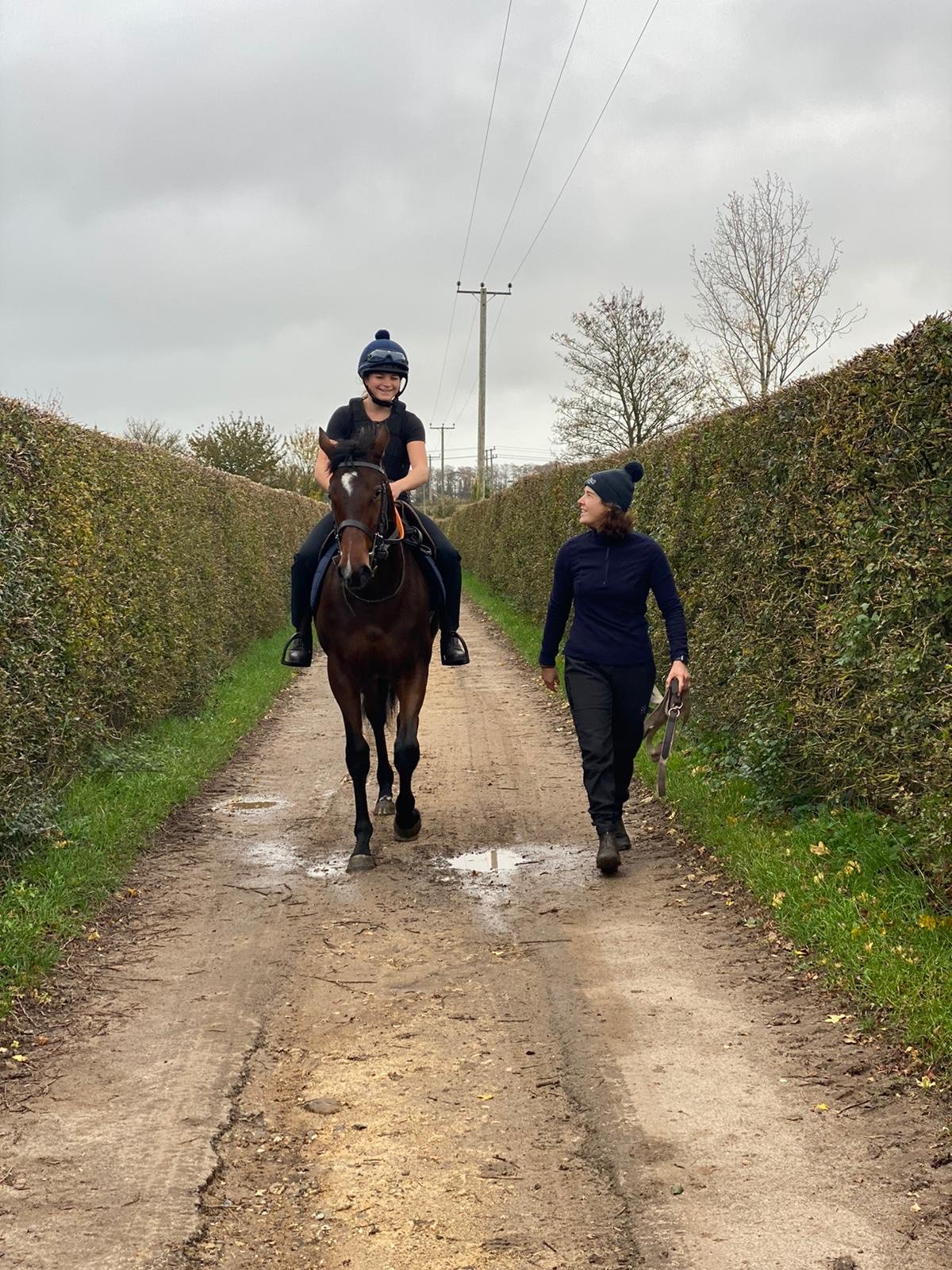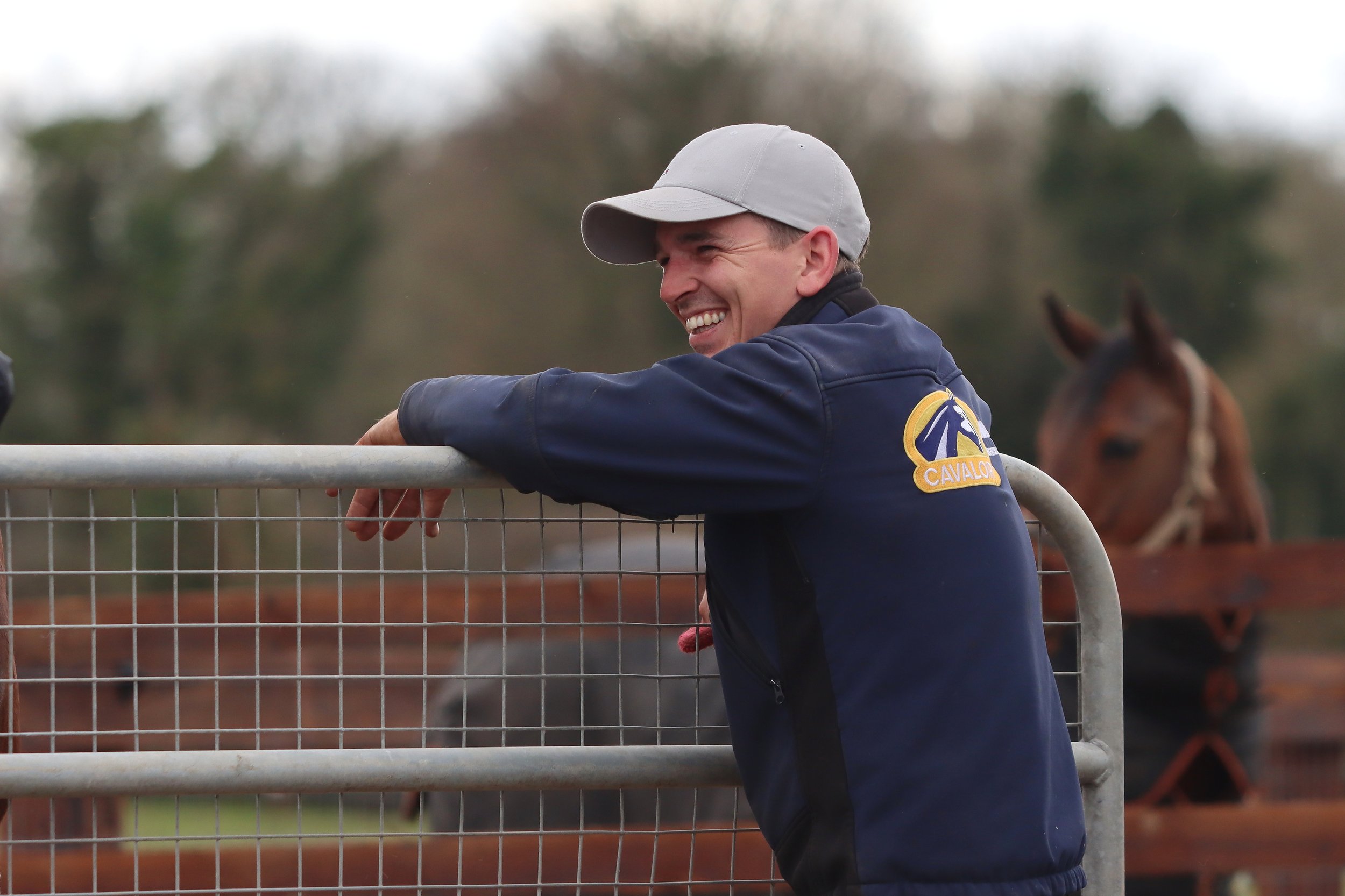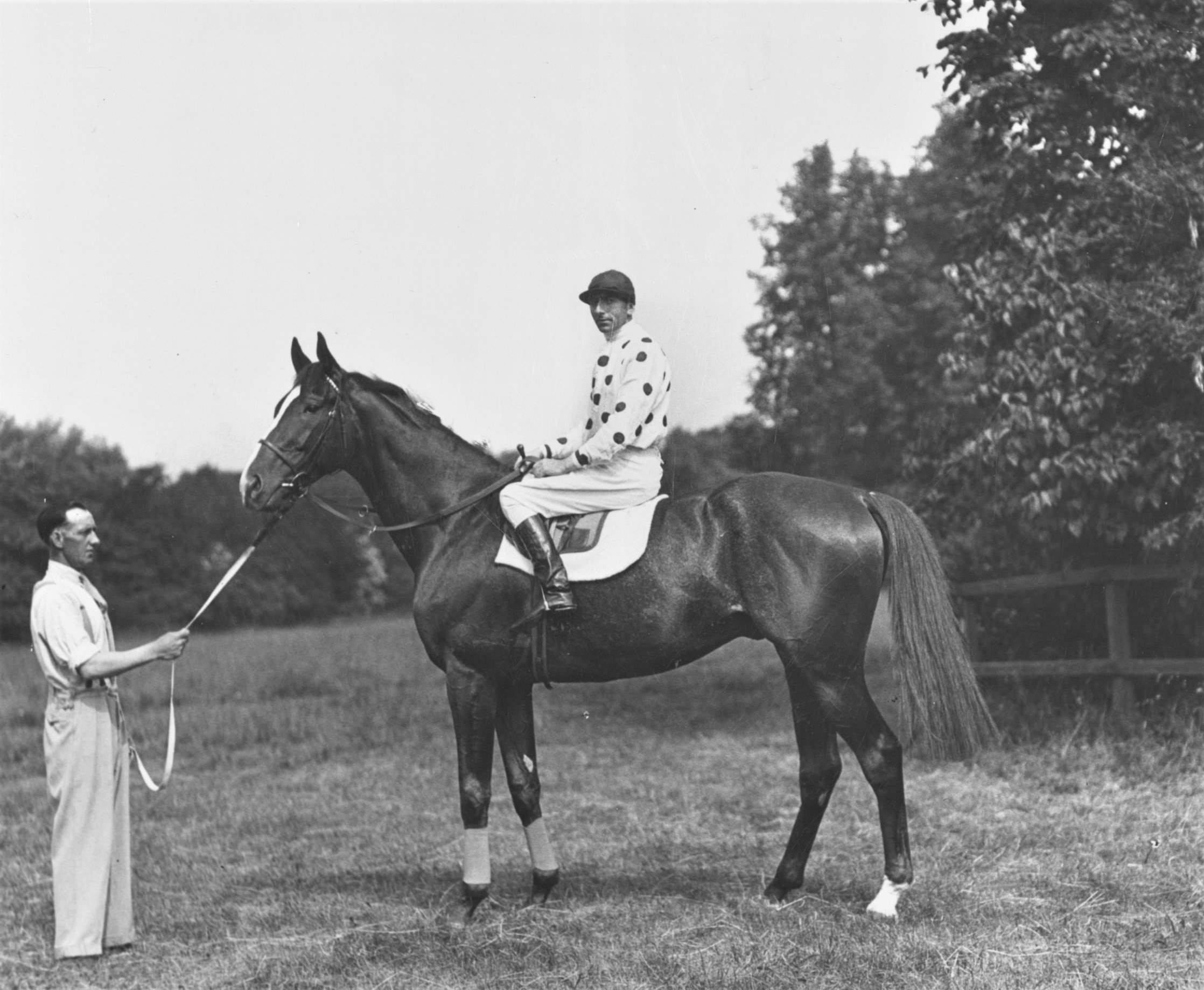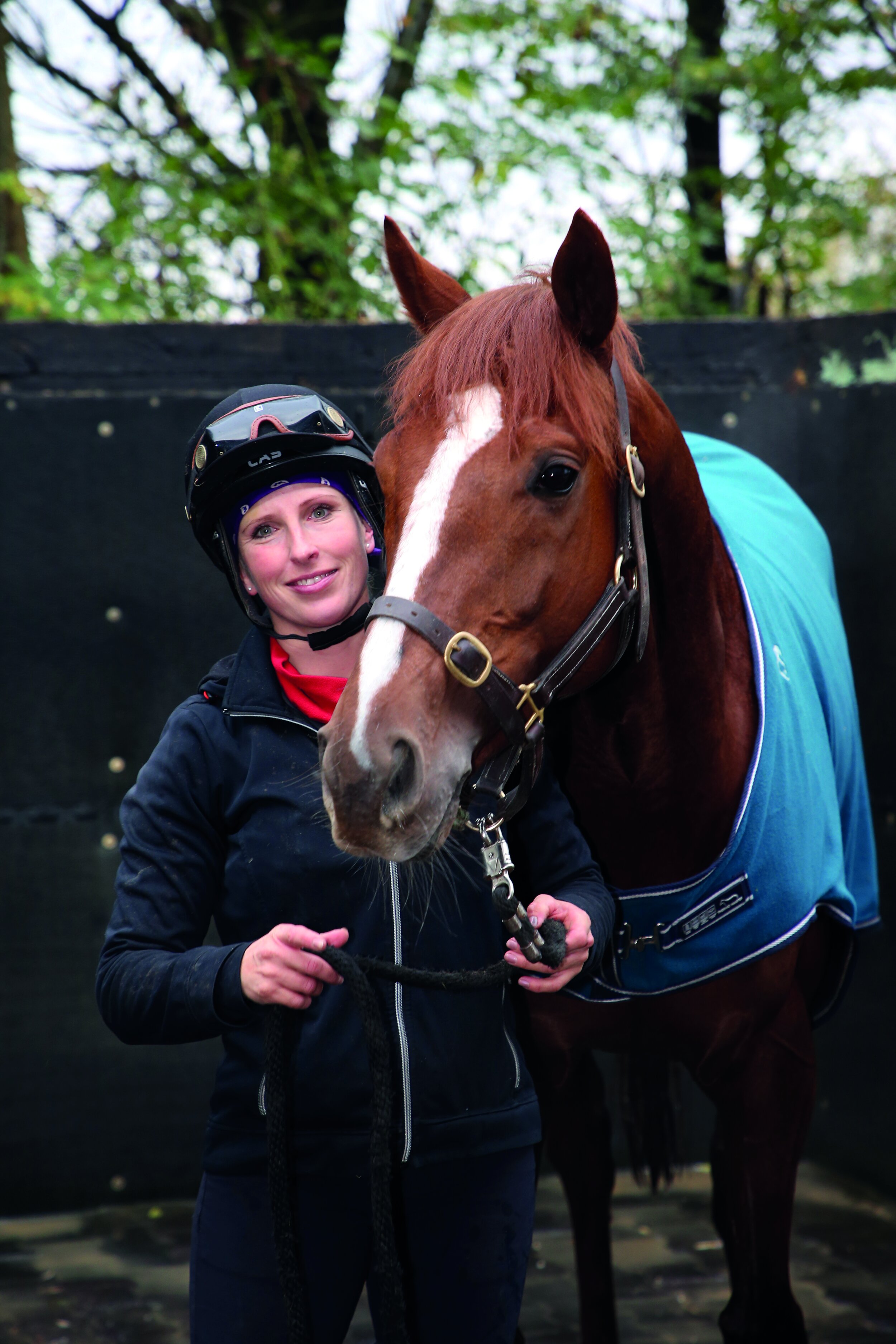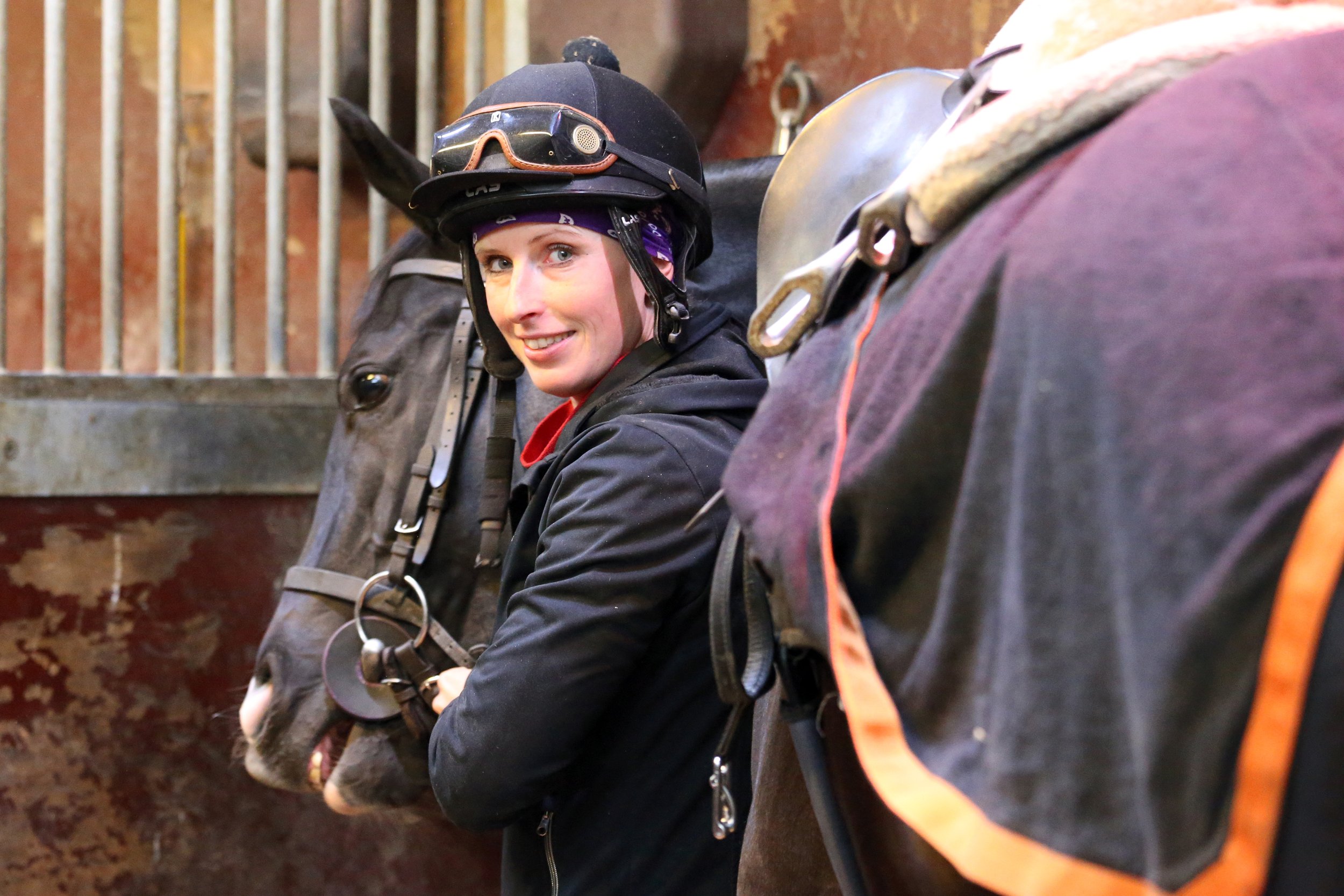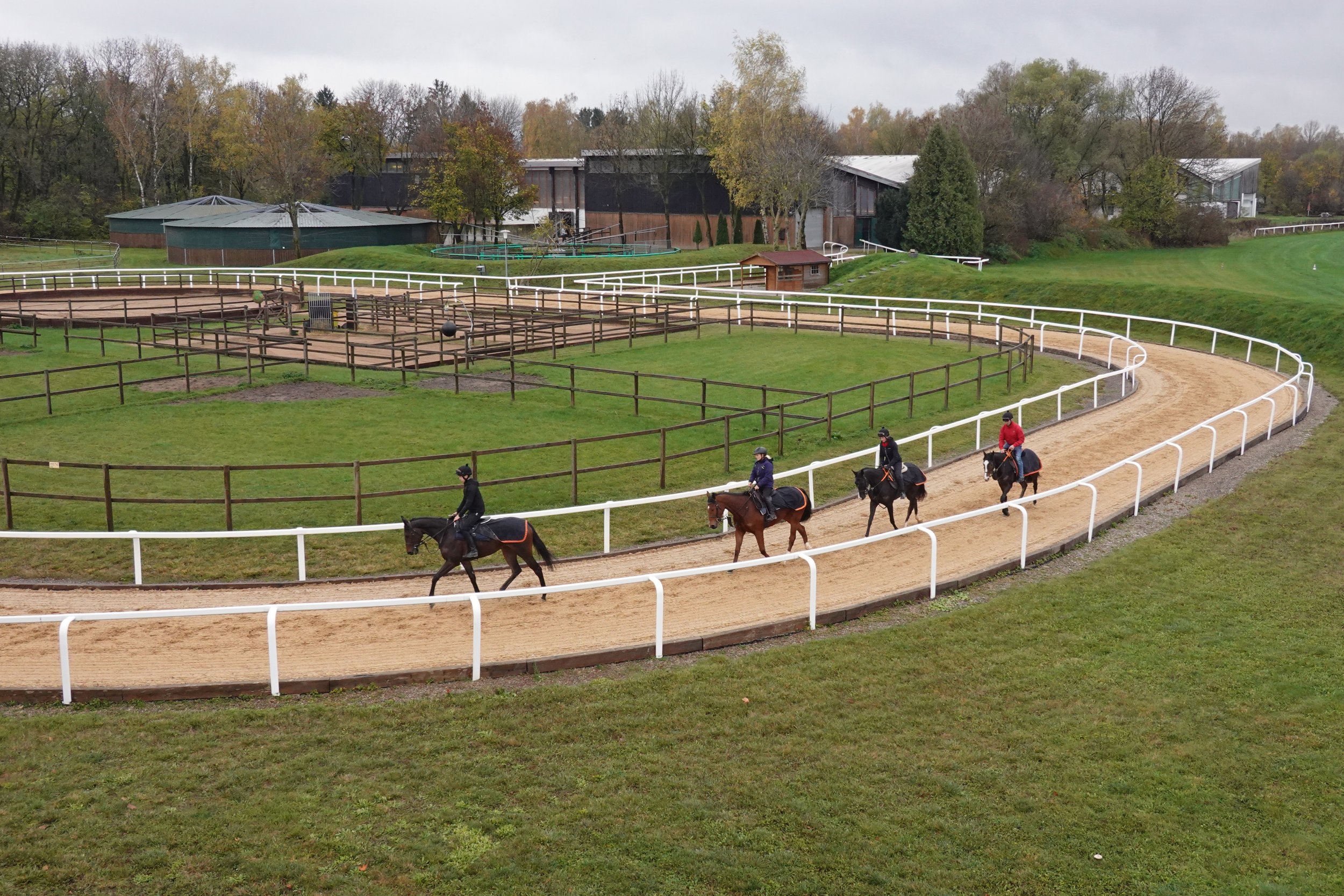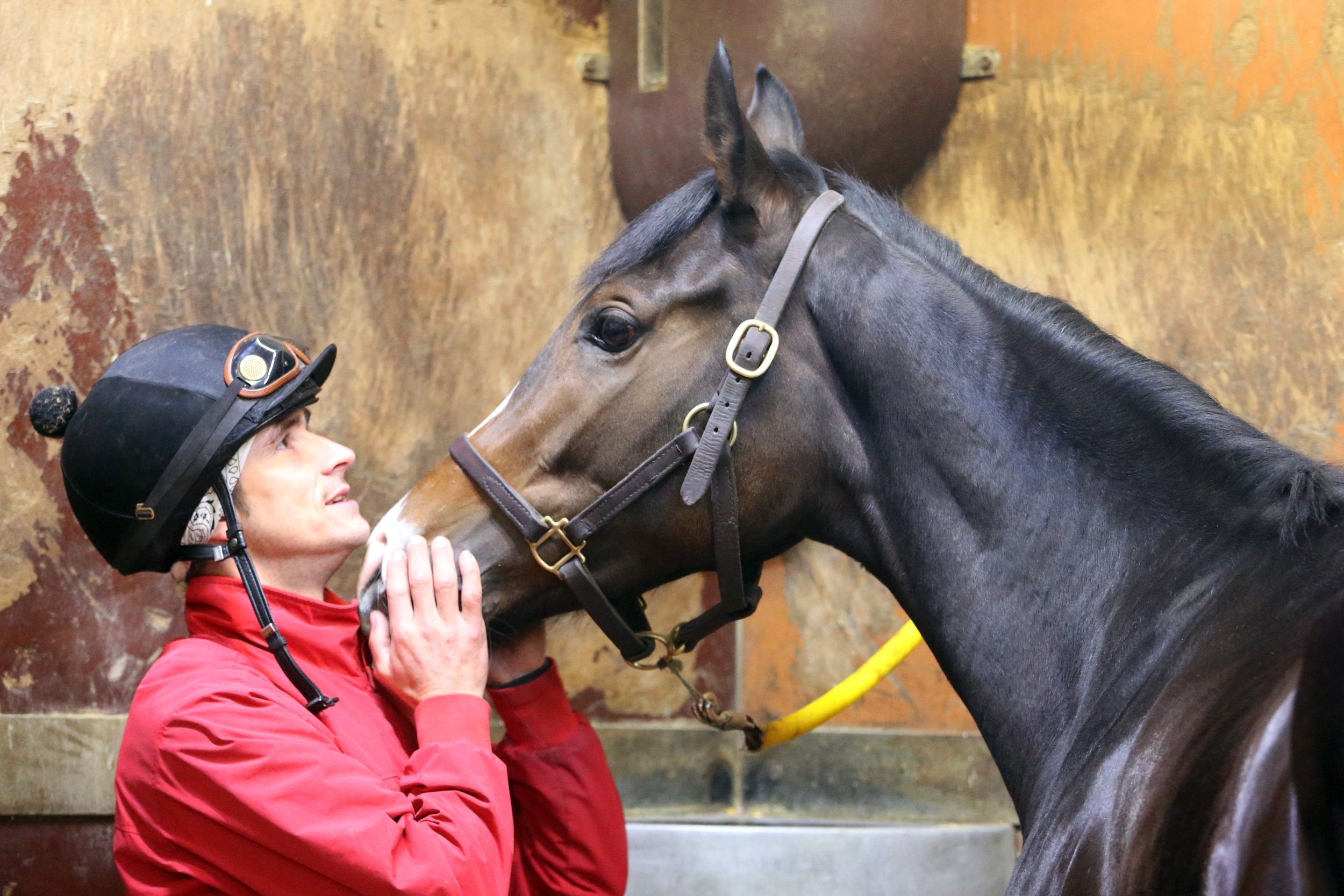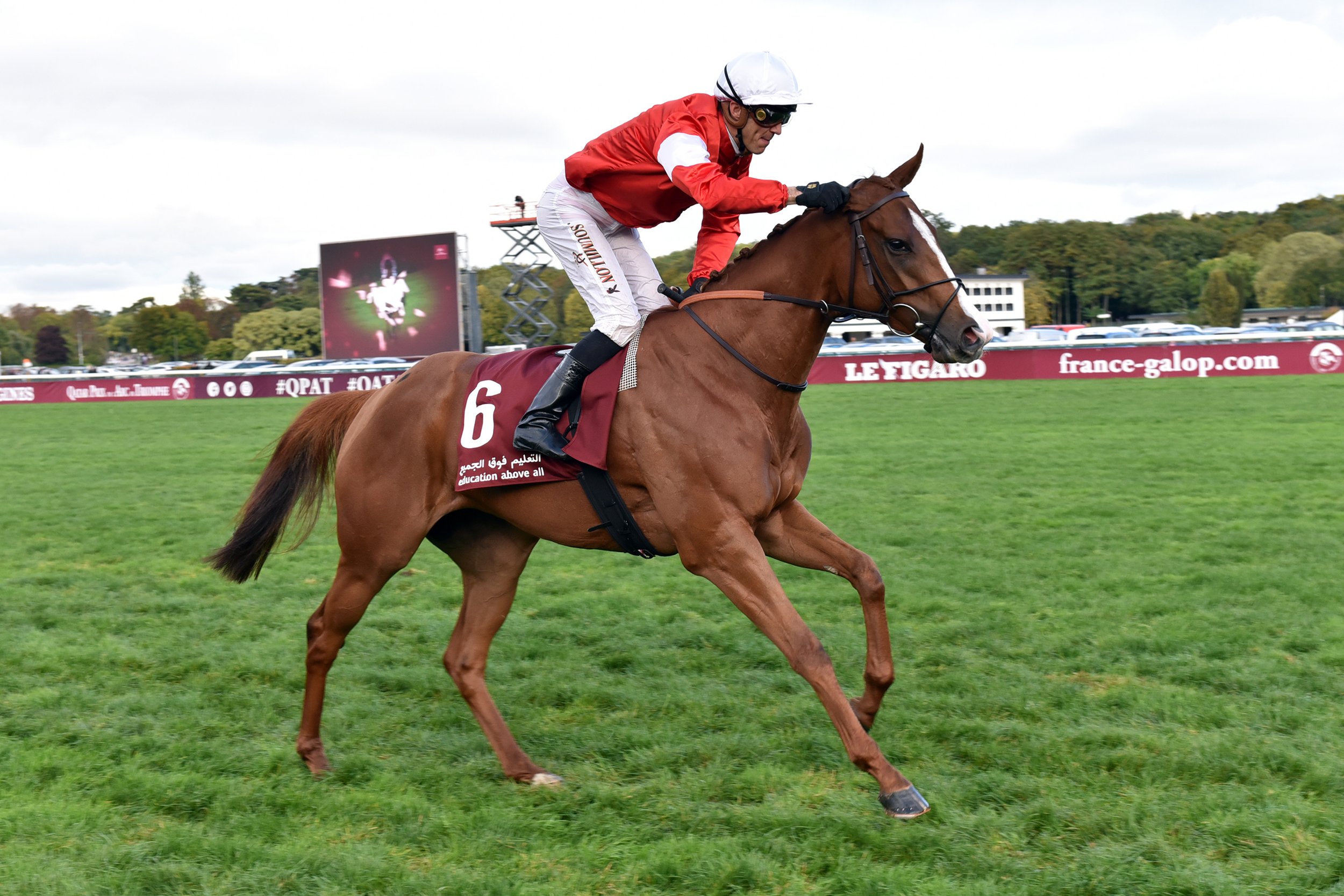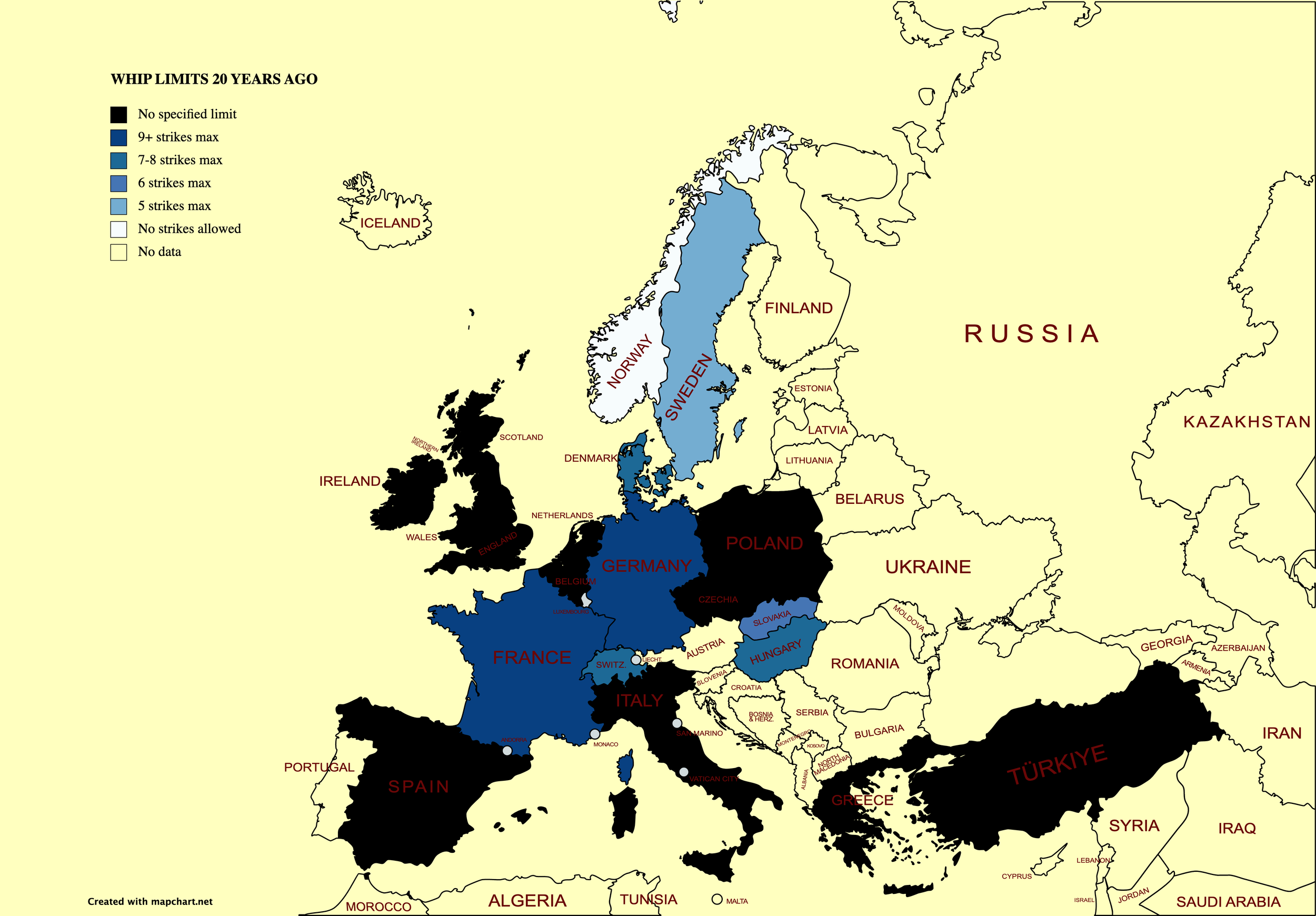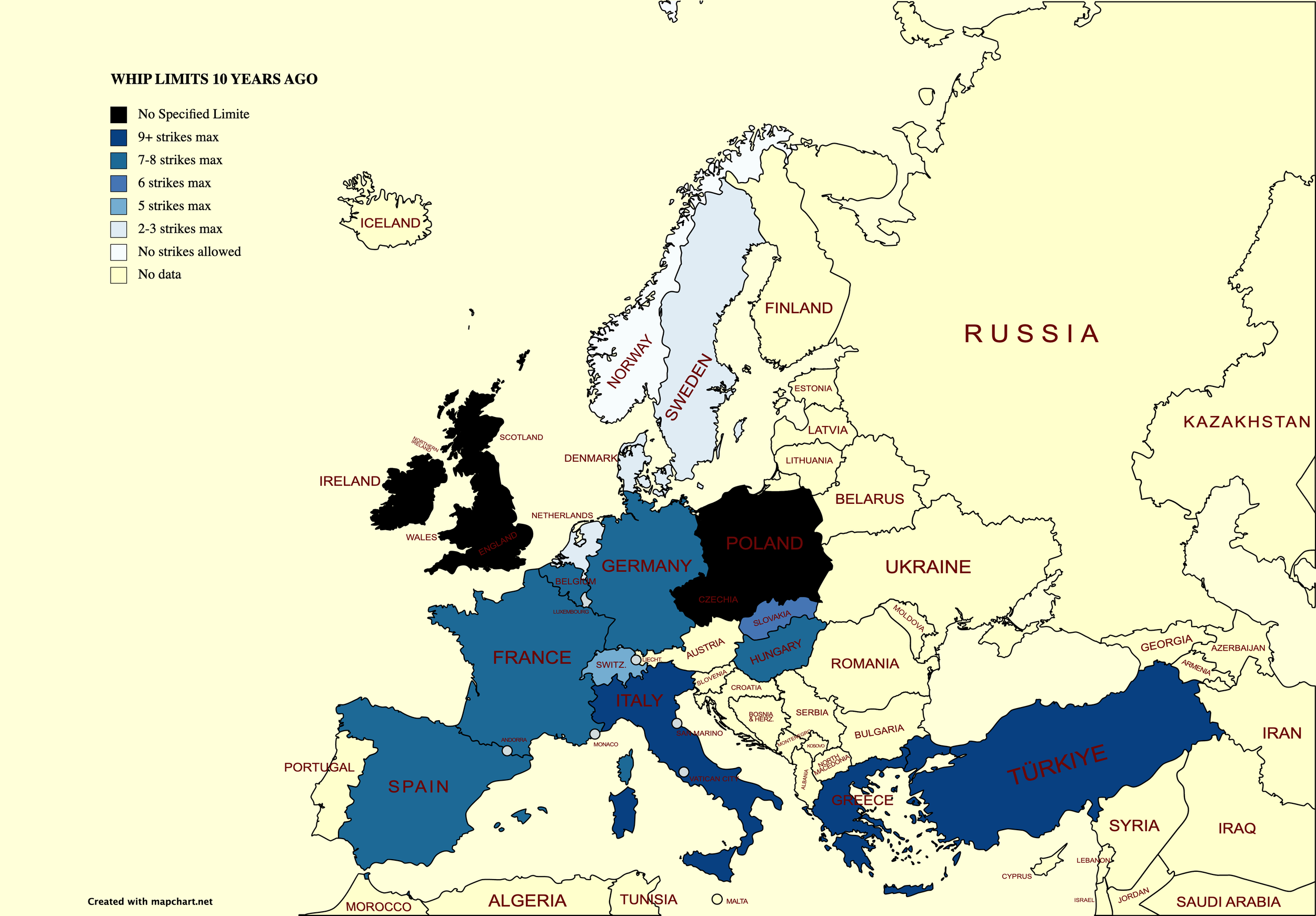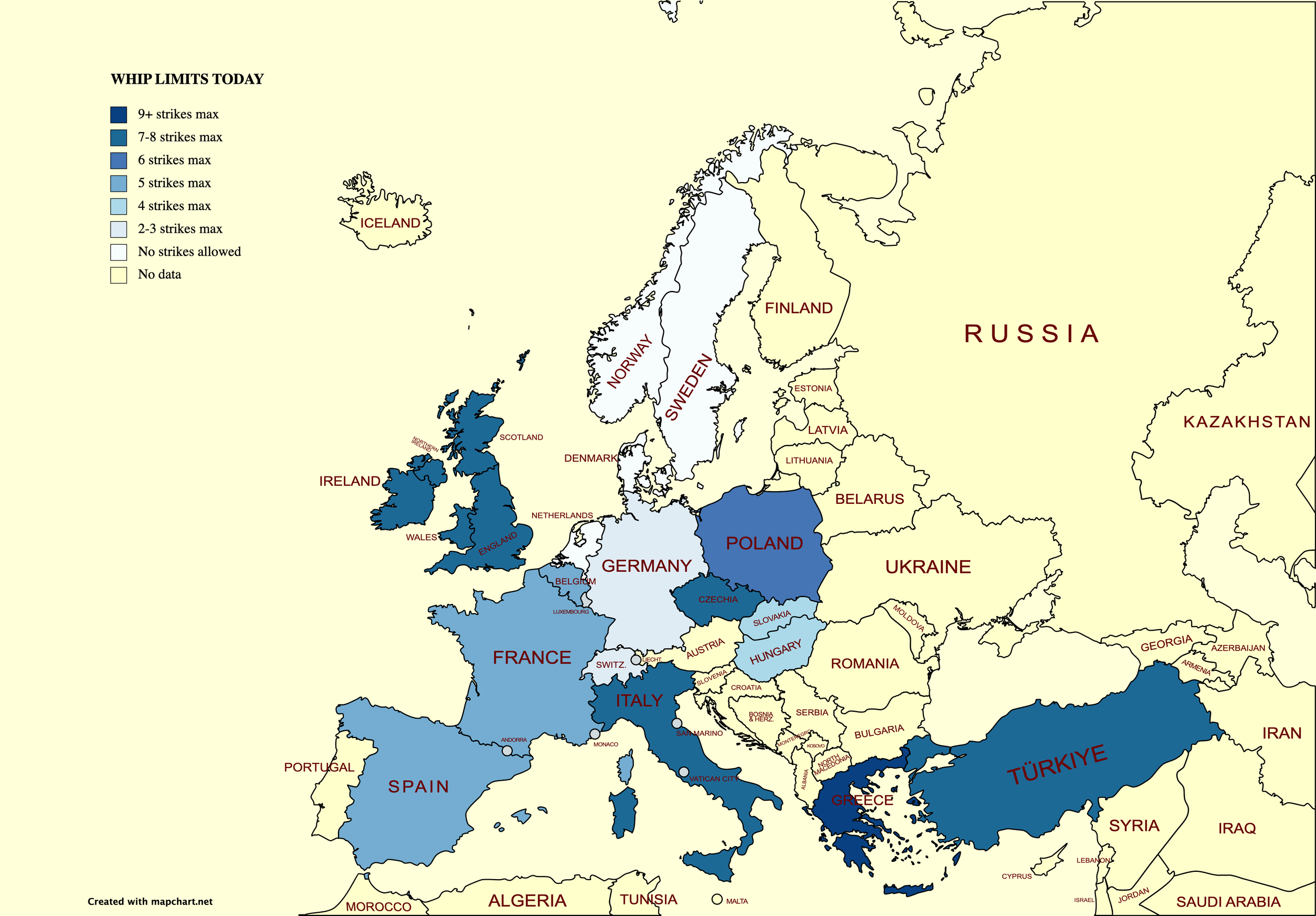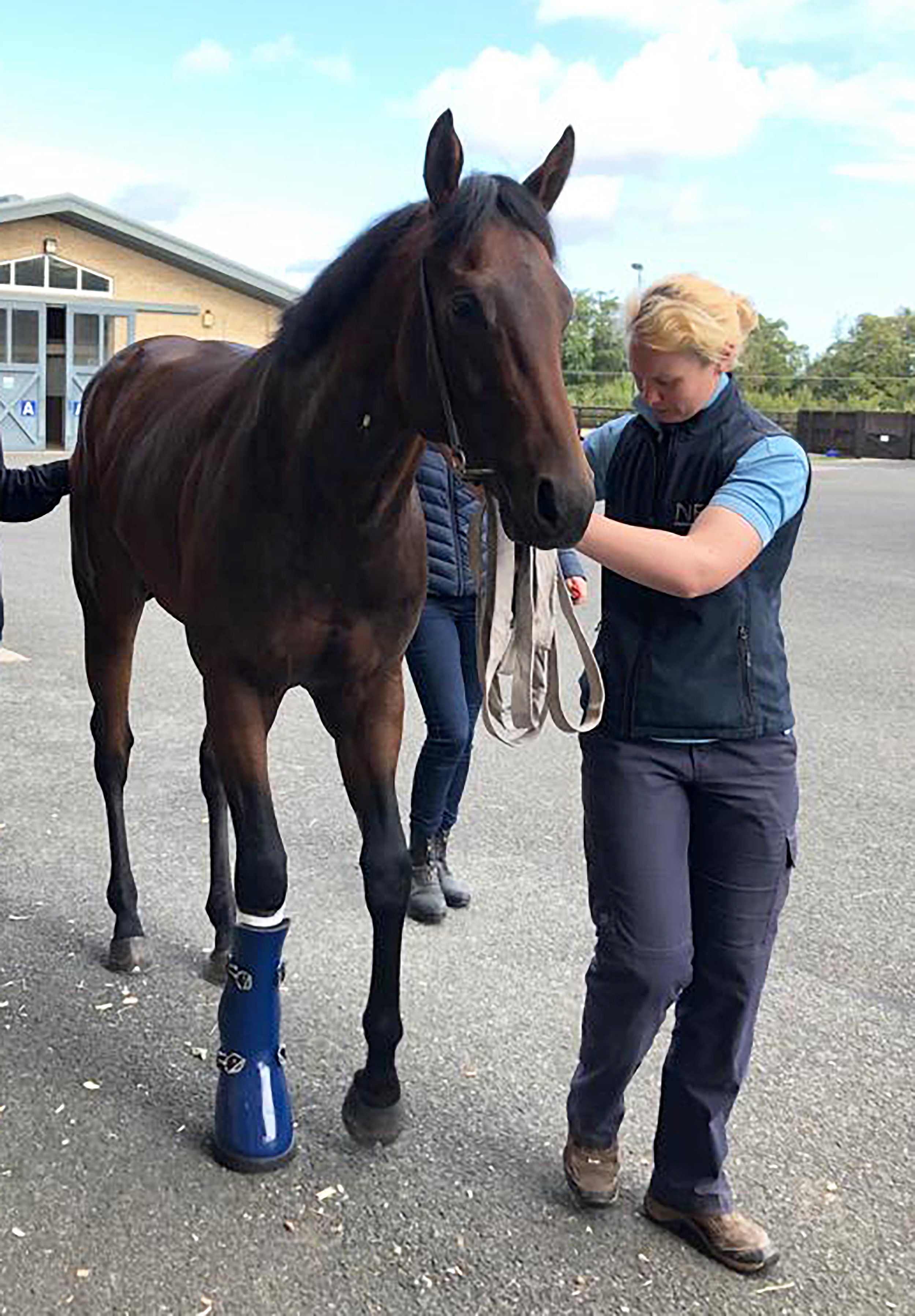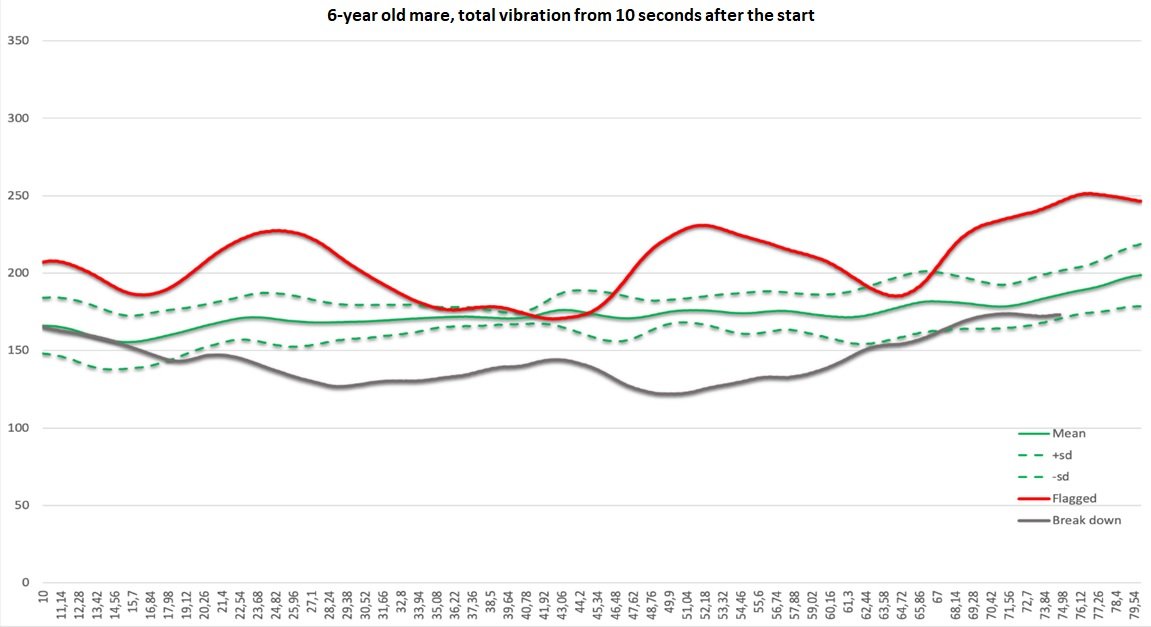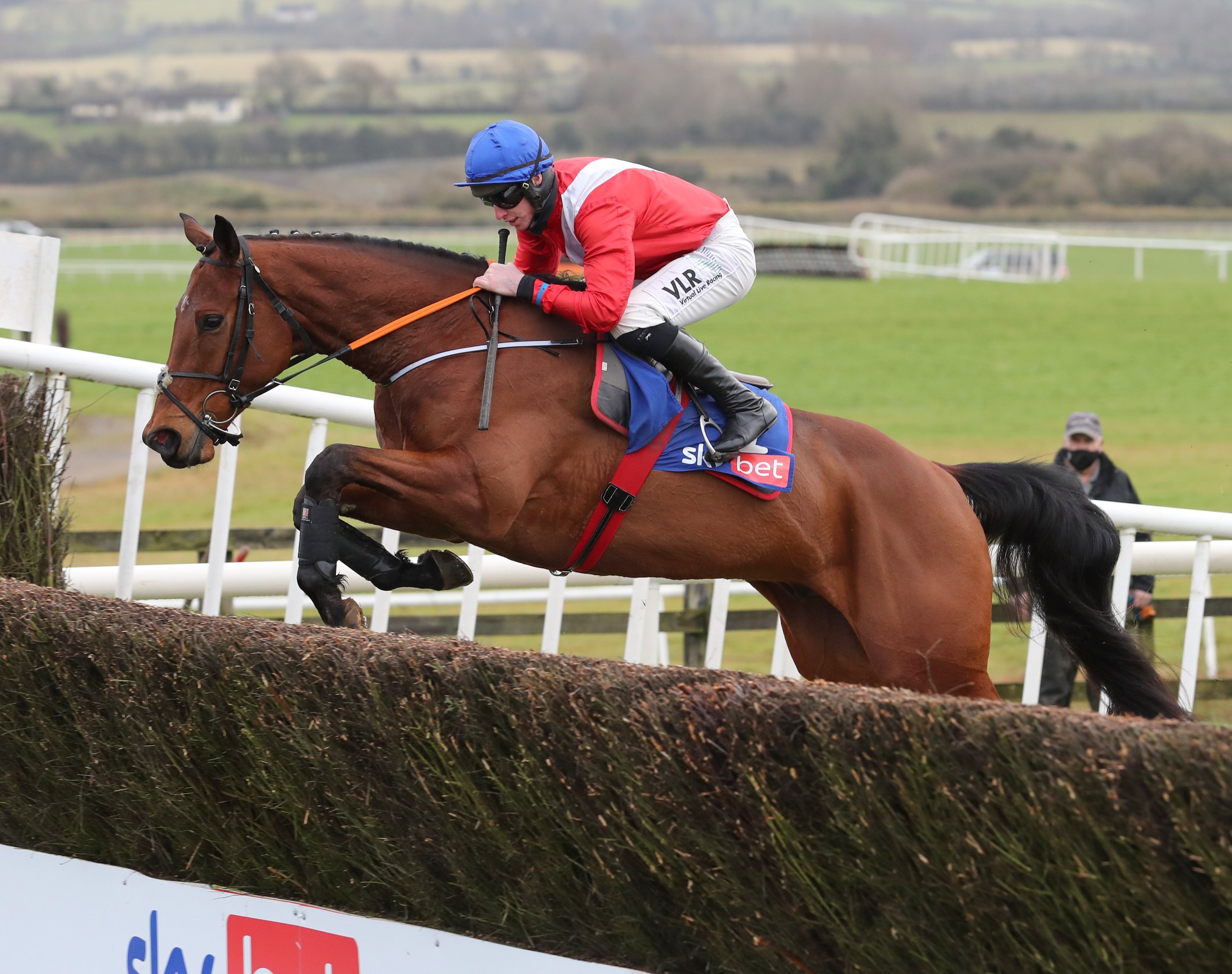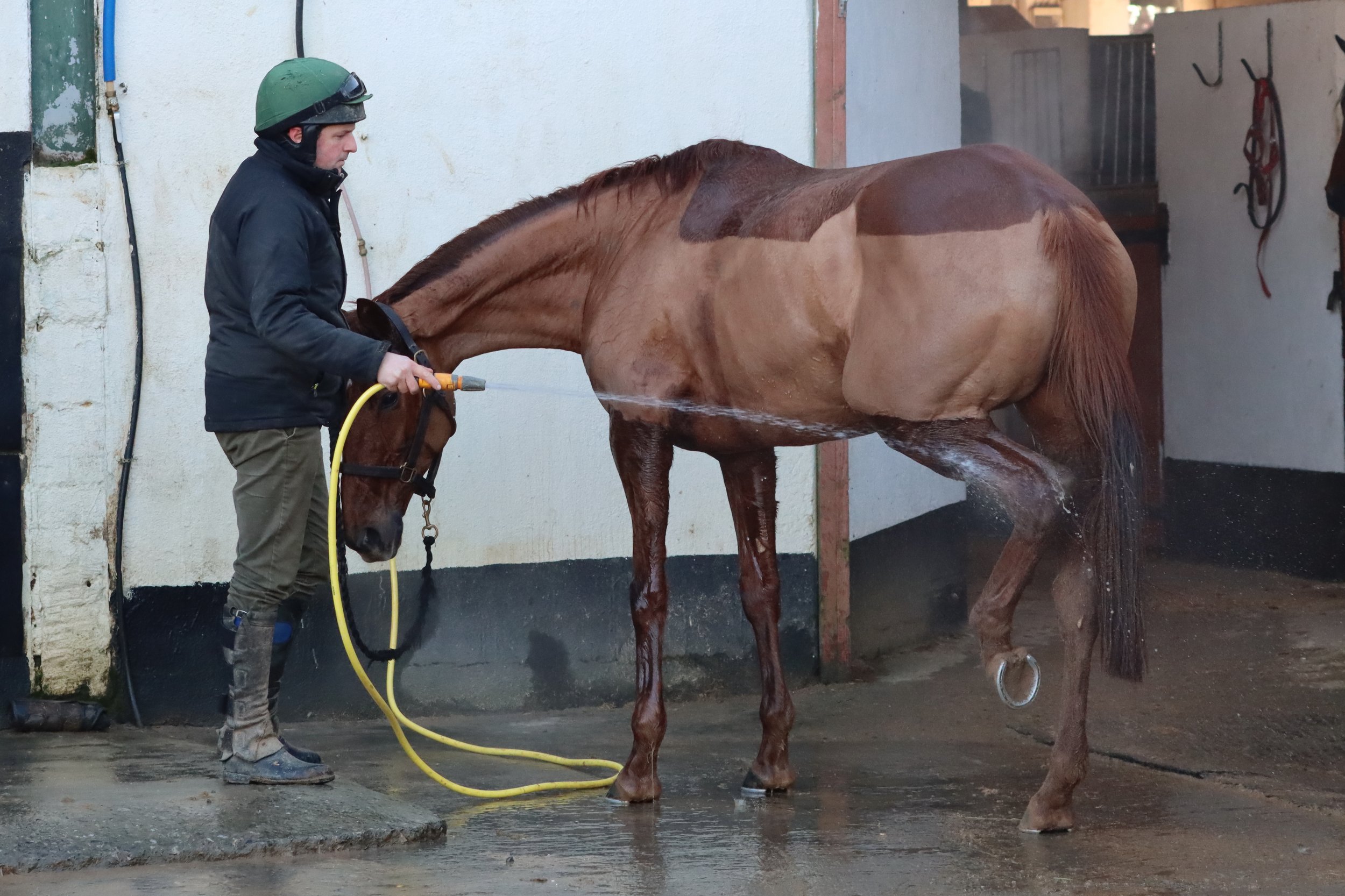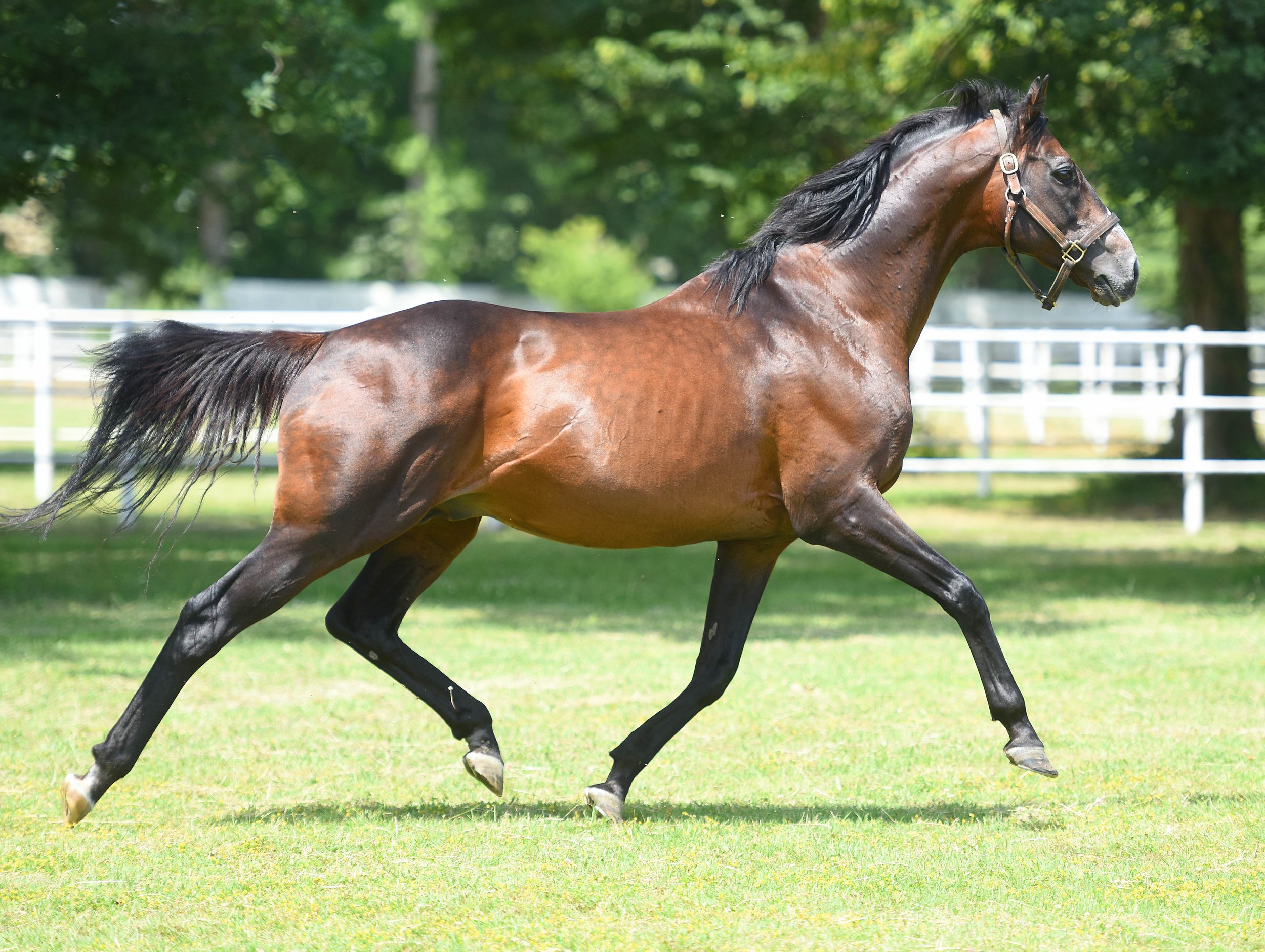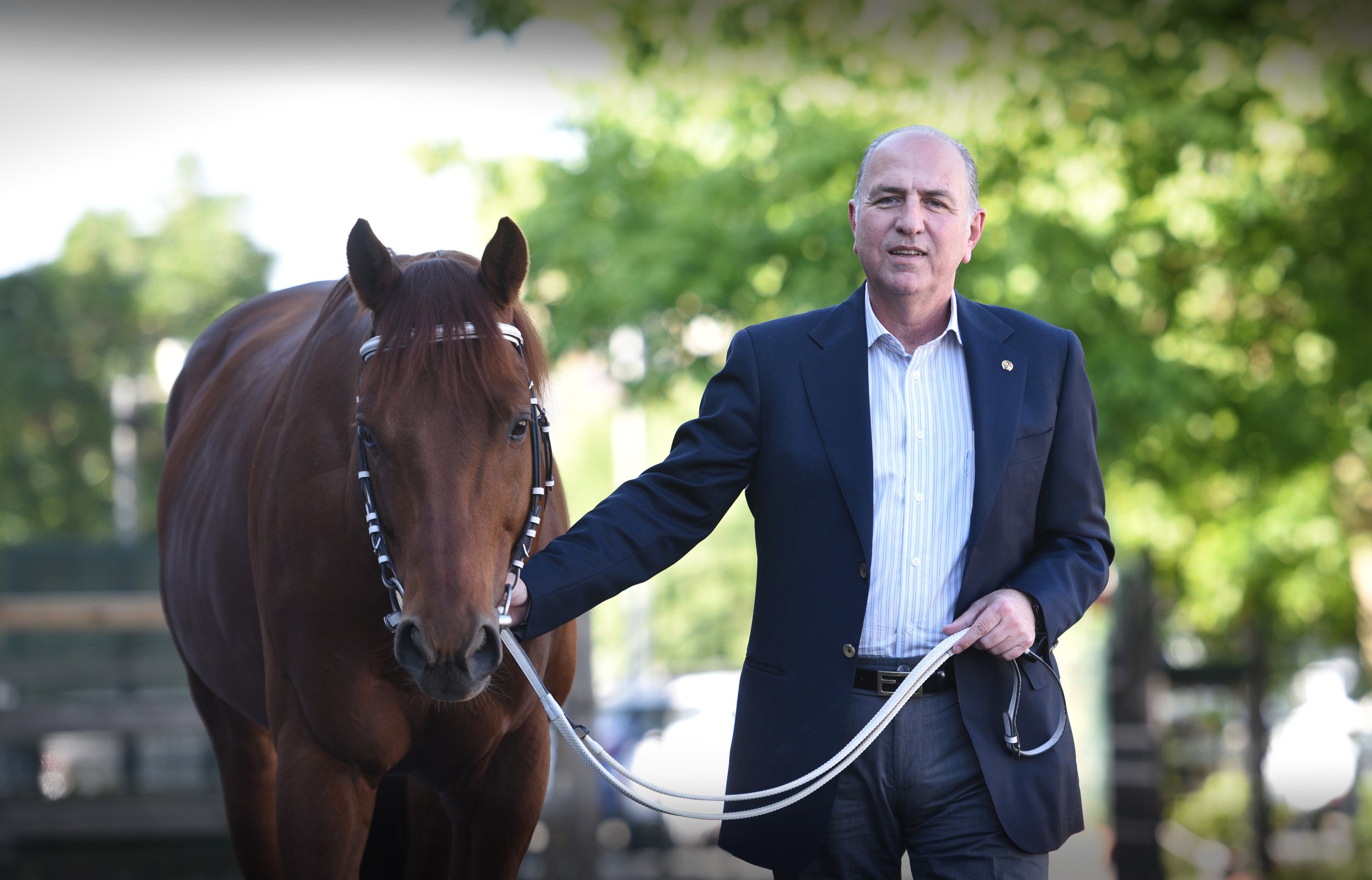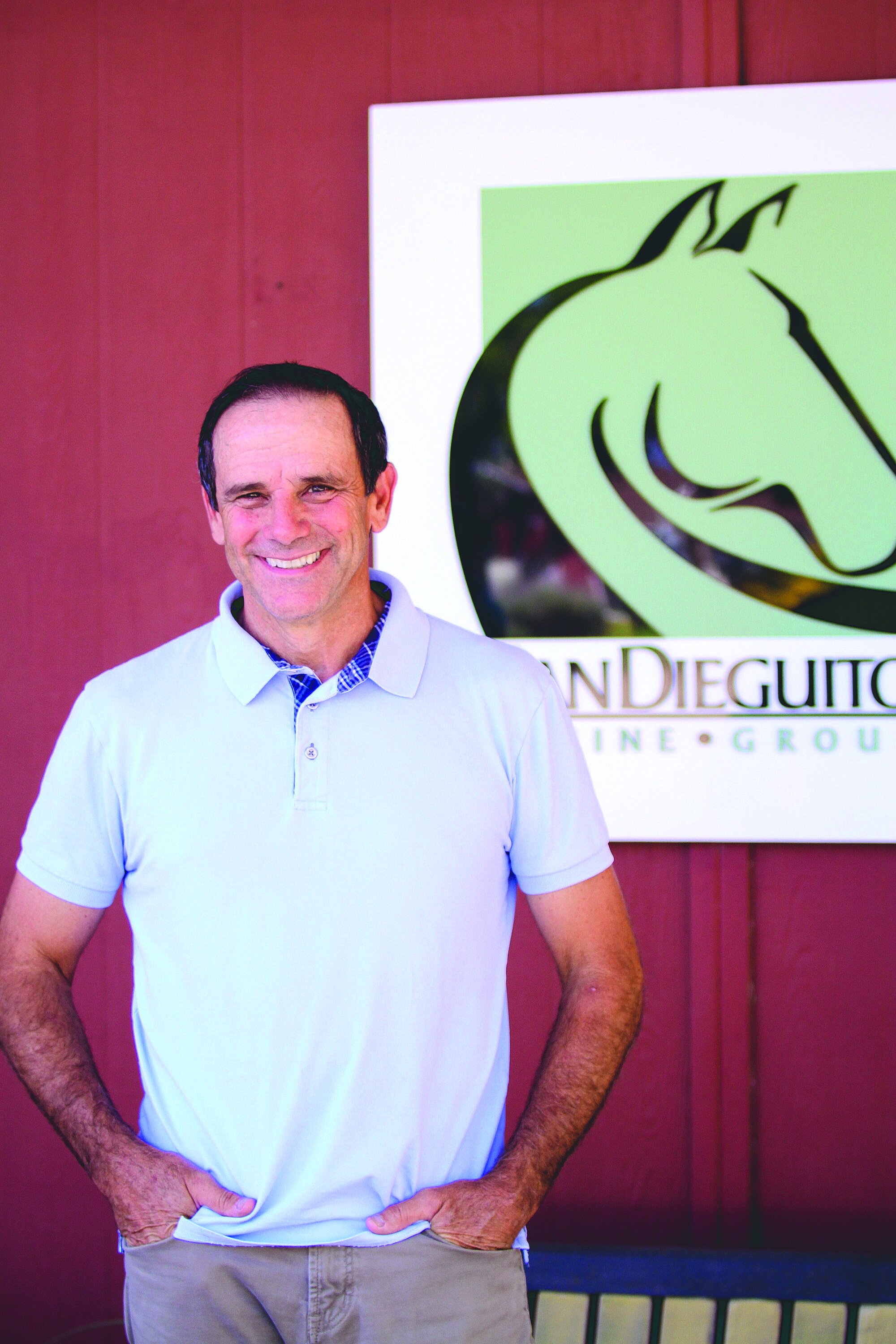European champion trainers and jockeys
/Article by Paull Khan
These tables of the reigning champion jockeys and trainers in a selection of European countries, as measured by the domestic 2022 earnings of the horses they trained or rode, were submitted by the doyen of Central European racing, Dr Marian Surda. Surda is secretary-general of KMET—an association of the Racing Authorities of Slovakia, Hungary, Poland, Czech Republic and Austria. While this column cannot vouch for the accuracy of the figures, it can attest to Surda’s long-held commitment to promoting and documenting racing in the Central European region.
Placing, within single tables, the achievements of the top trainers and jockeys in these nineteen countries paints a fascinating picture of the patchwork of our continent’s racing; and it causes many a raised eyebrow.
There may be few surprises at the top of the table—although readers might not have expected the British champion to have achieved greater earnings than his French counterpart, given the considerable disparity in prize money levels in the two countries, in favour of France. But the 1,013 starts of Italian champ Alduino Botti, almost twice the number of his nearest challenger on this measure, stands out as being impressive, indeed. Alduino, together with his brother, Giuseppe, has been a perennial champion in his homeland, following a very successful riding career. They are but part of a remarkable dynasty. Son of trainer and rider Edmondo Botti, Alduino has sired trainers Marco and Stefano, while Giuseppe’s two sons, Alessandro and Endo, also joined the training ranks.
The first name on the list, which may be unknown to the majority of readers is that of the Turkish champion, Ibrahim Bekirogullari, in 6th place. Bekirogullari trains mostly in Ankara and has charge of around 80 horses. His haul last year included 11 domestic group races, and he has been the top money-winner in Turkey for the past five years.
A unique achievement is that of Niels Petersen, the only trainer or jockey to top the table in more than one country—Norway and Denmark. A Dane, living in Norway, Petersen has in the past operated satellite yards not only in Denmark but also in Sweden, in which country he has also enjoyed considerable success.
Austria, once a proud racing nation, provides a sad footnote. The Austrian Derby was first run in 1868 at Vienna’s Freudenau racecourse, whose art nouveau grandstands were some of the most stylish in the world and where the first electronic timing of races took place. Today, just four gallop races are run during the course of the whole year. To become champion there, Sarah Steinberg, the German-licenced trainer, picked up just €1,000 as her 10% trainer’s share of the €10,000 earned by Anonymous, the winner of the country’s top race.
On a lighter note… who knew that the average European champion trainer has a strike rate of 25%, earnings of €1.4M and is 54 years of age!

